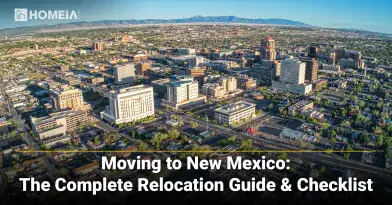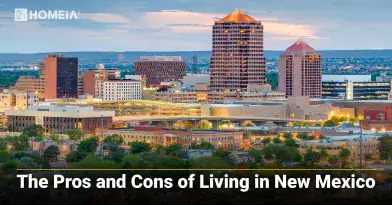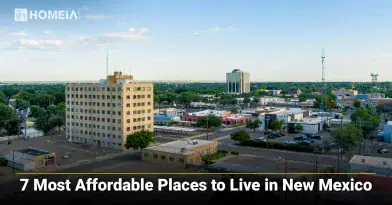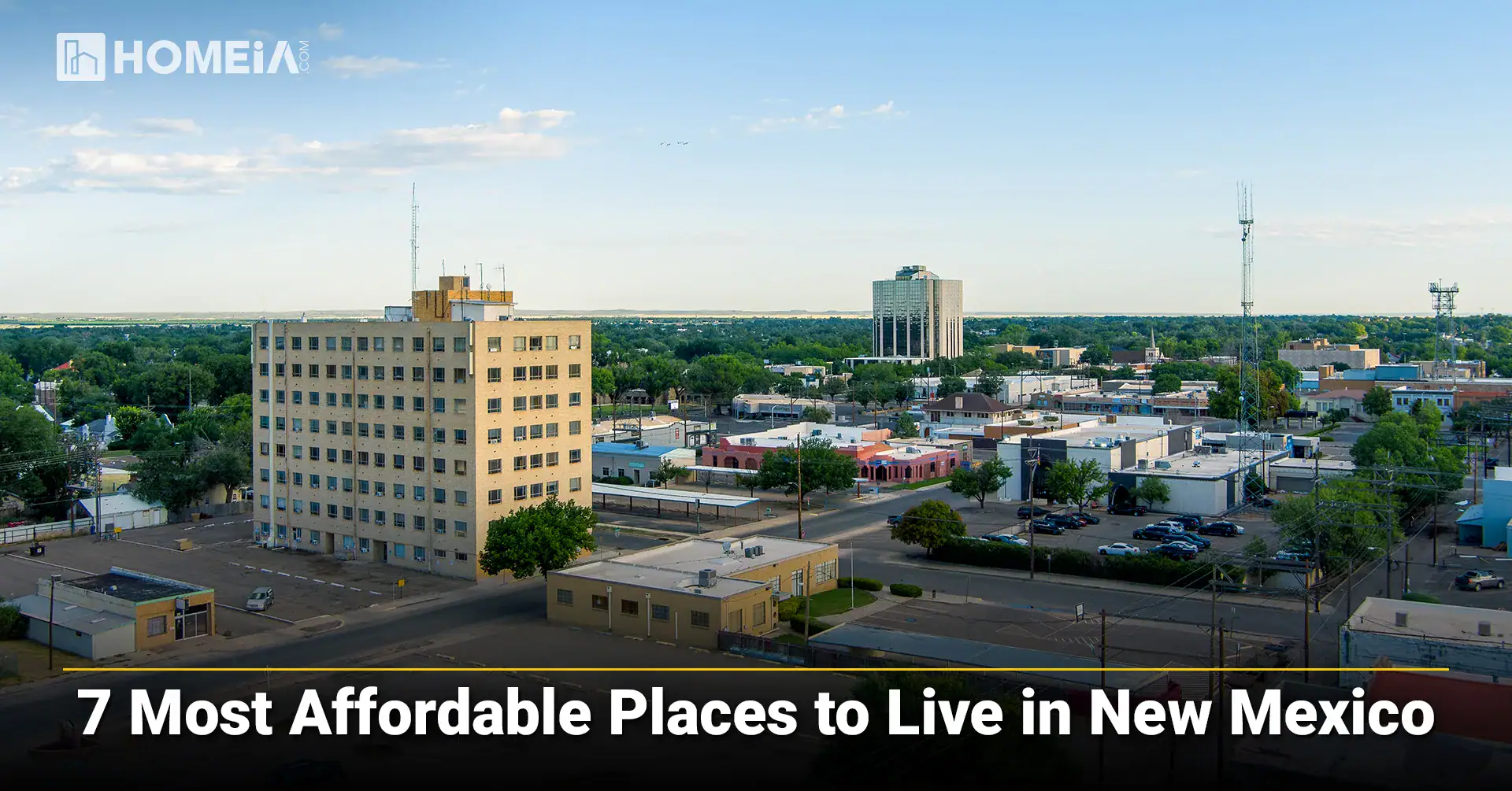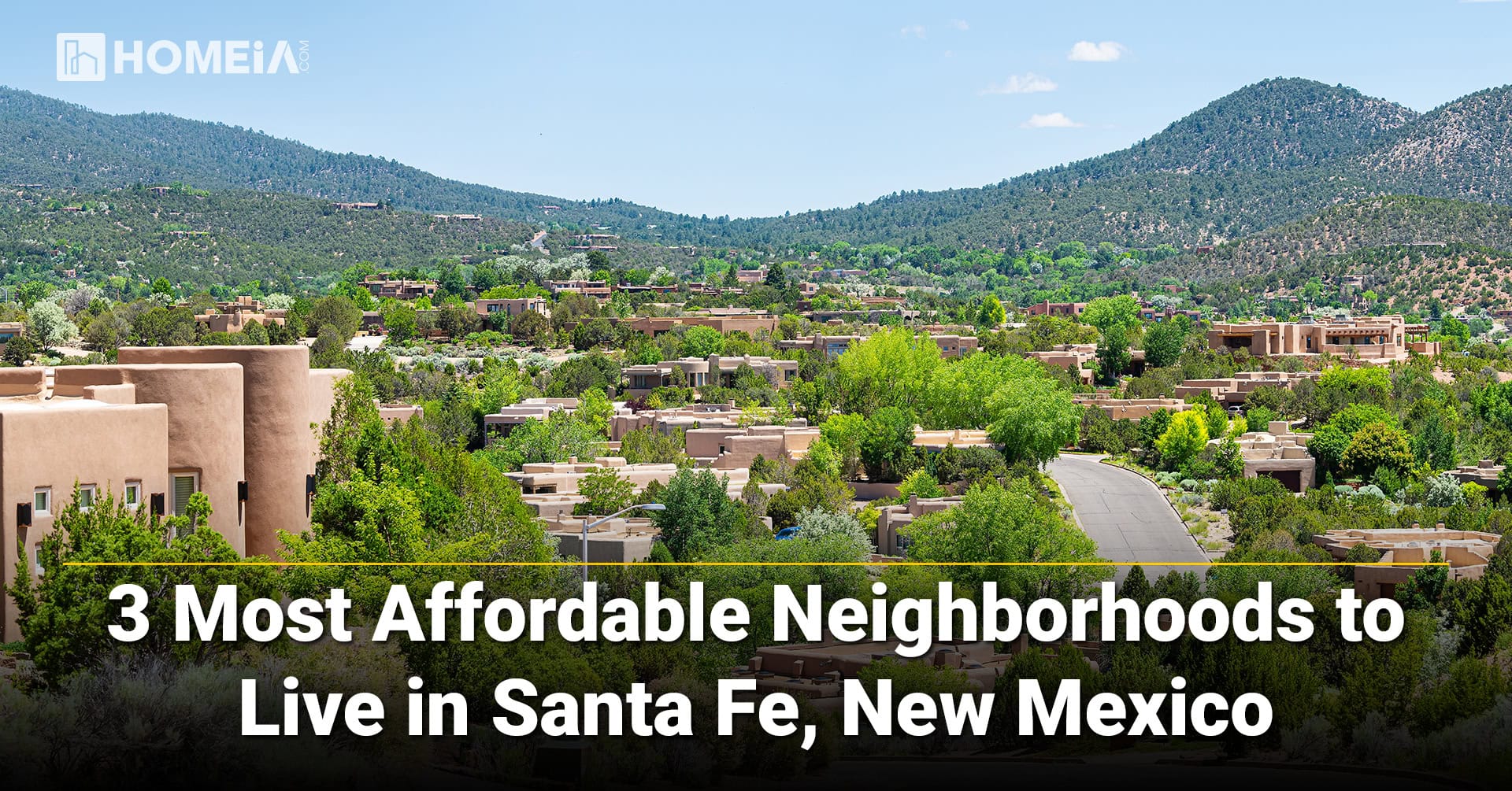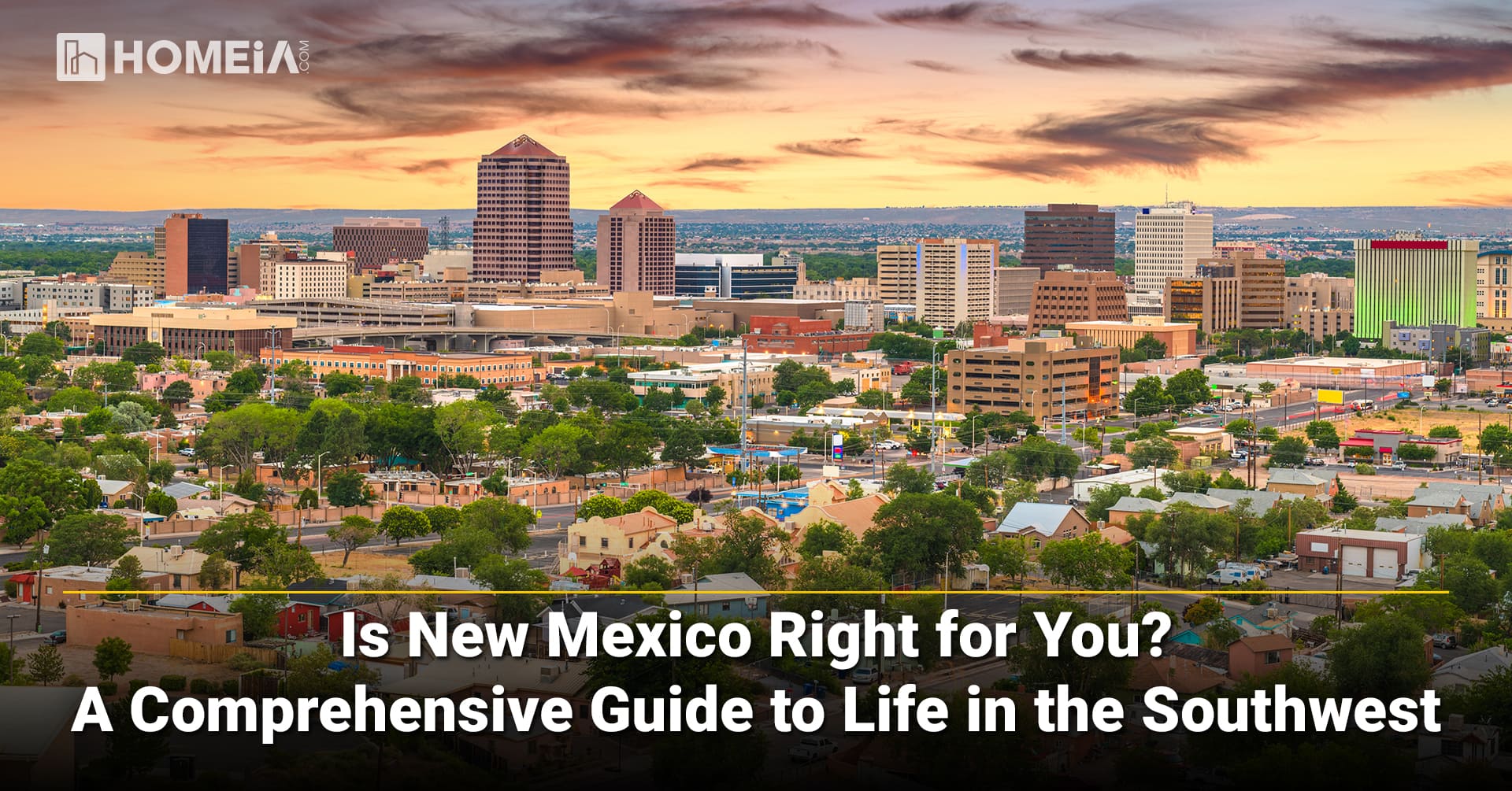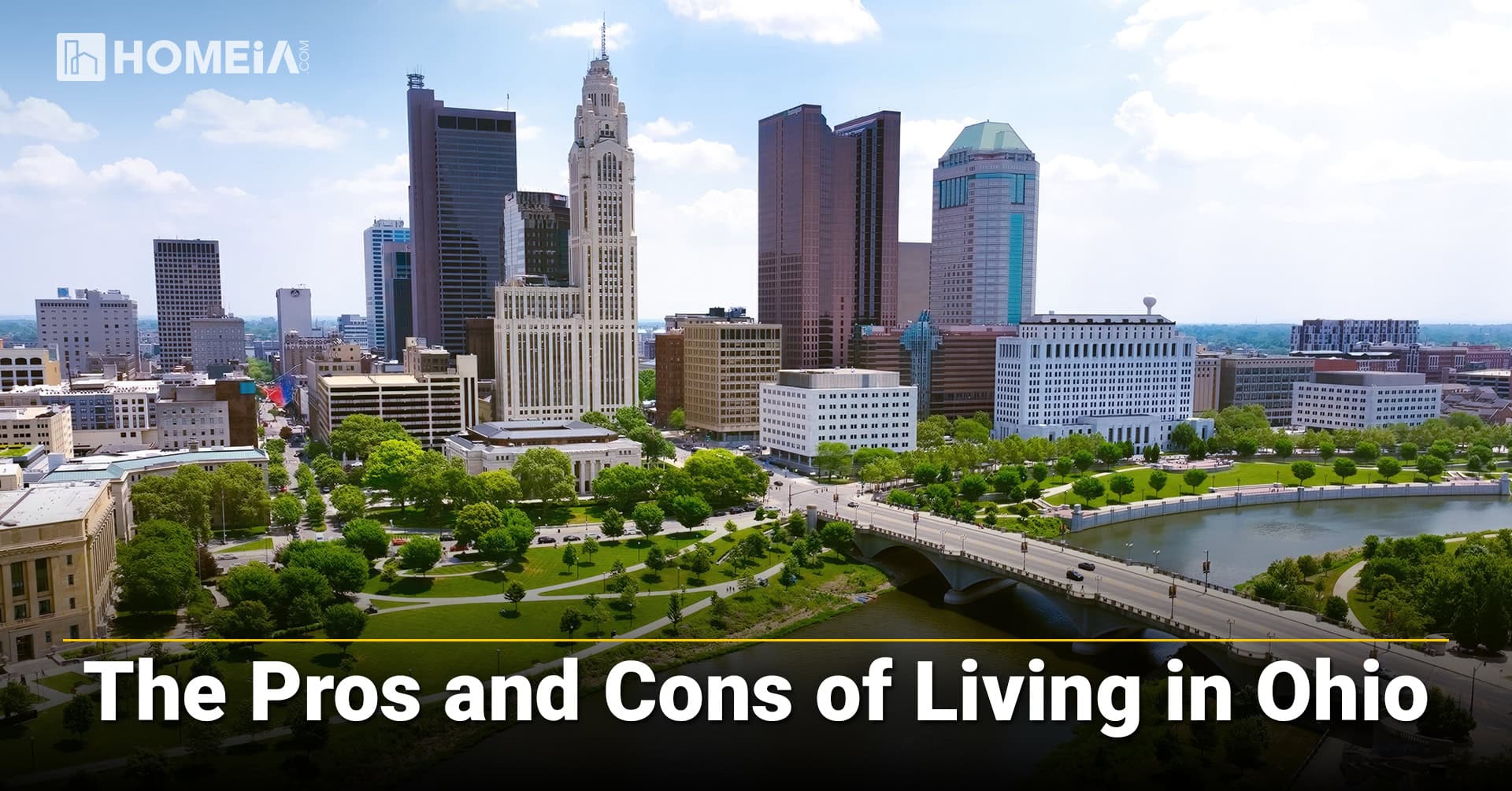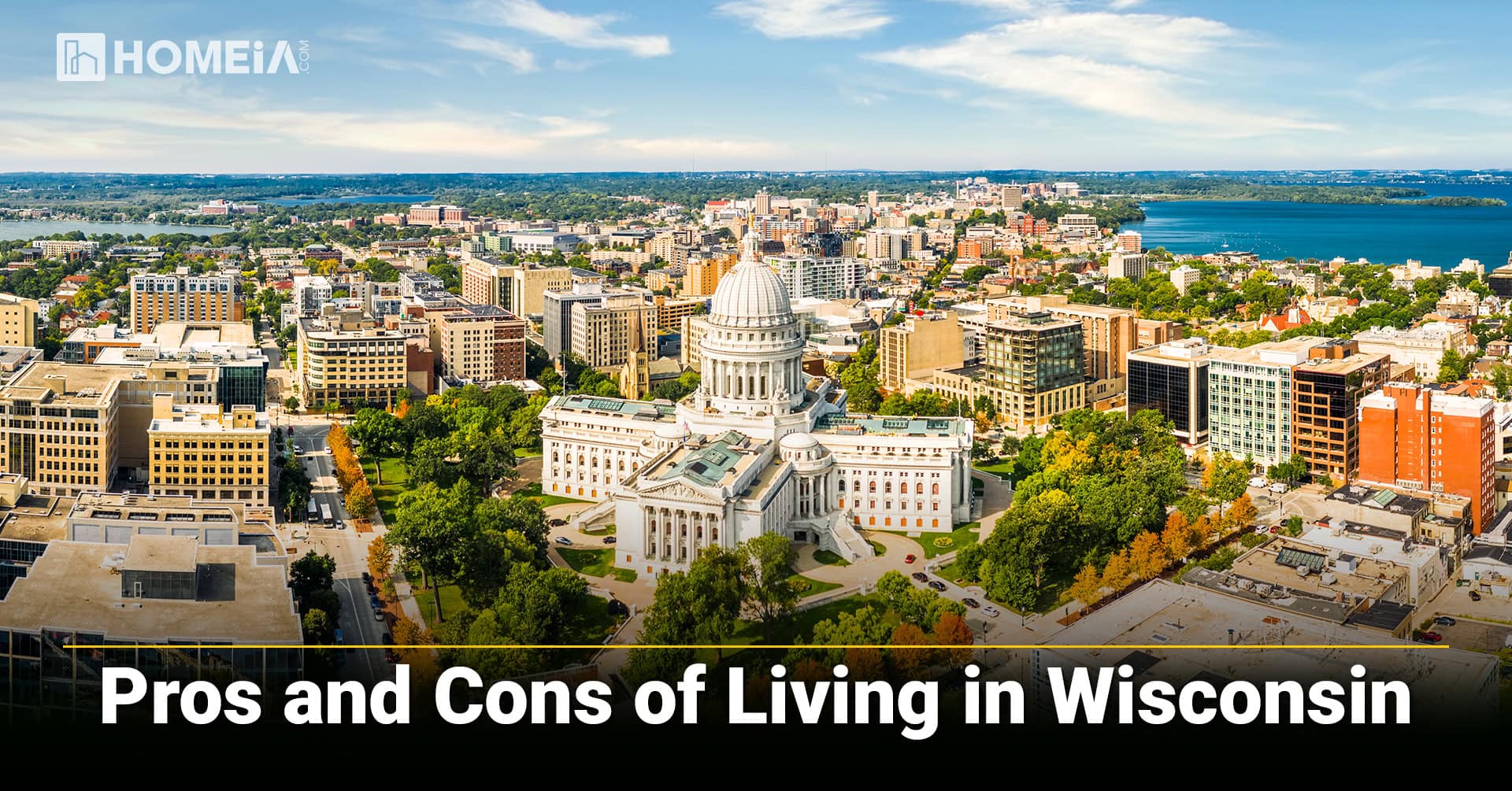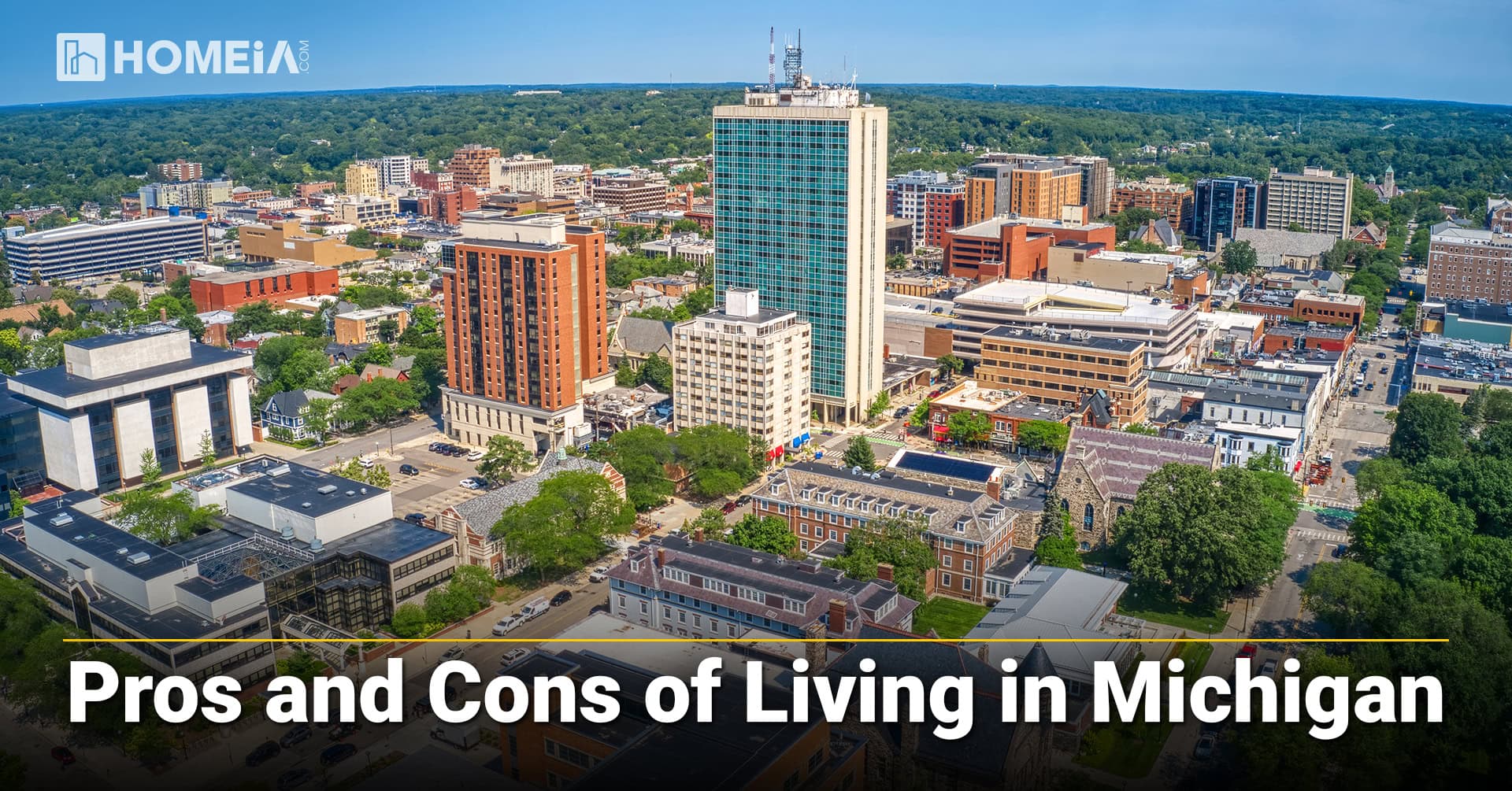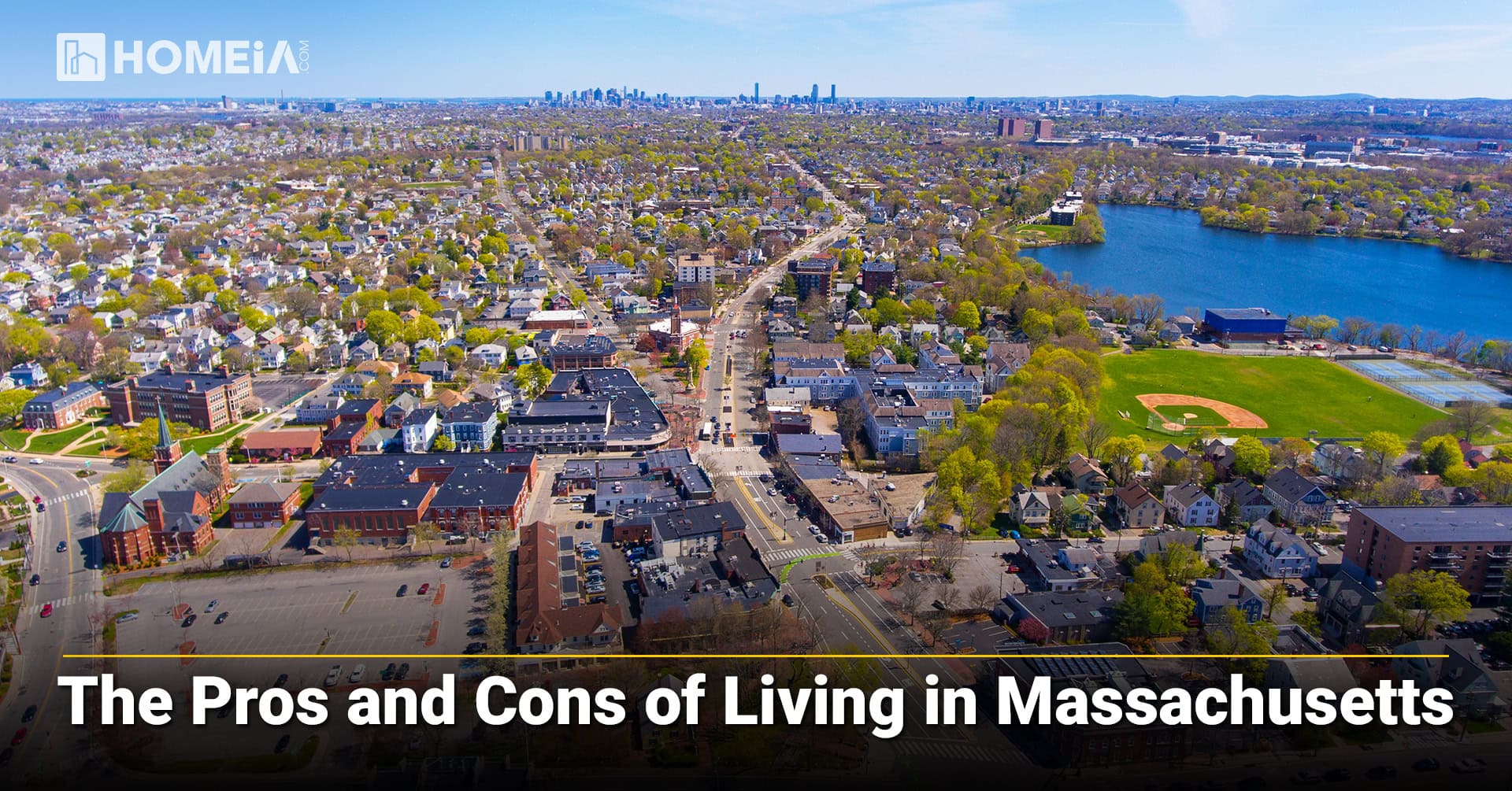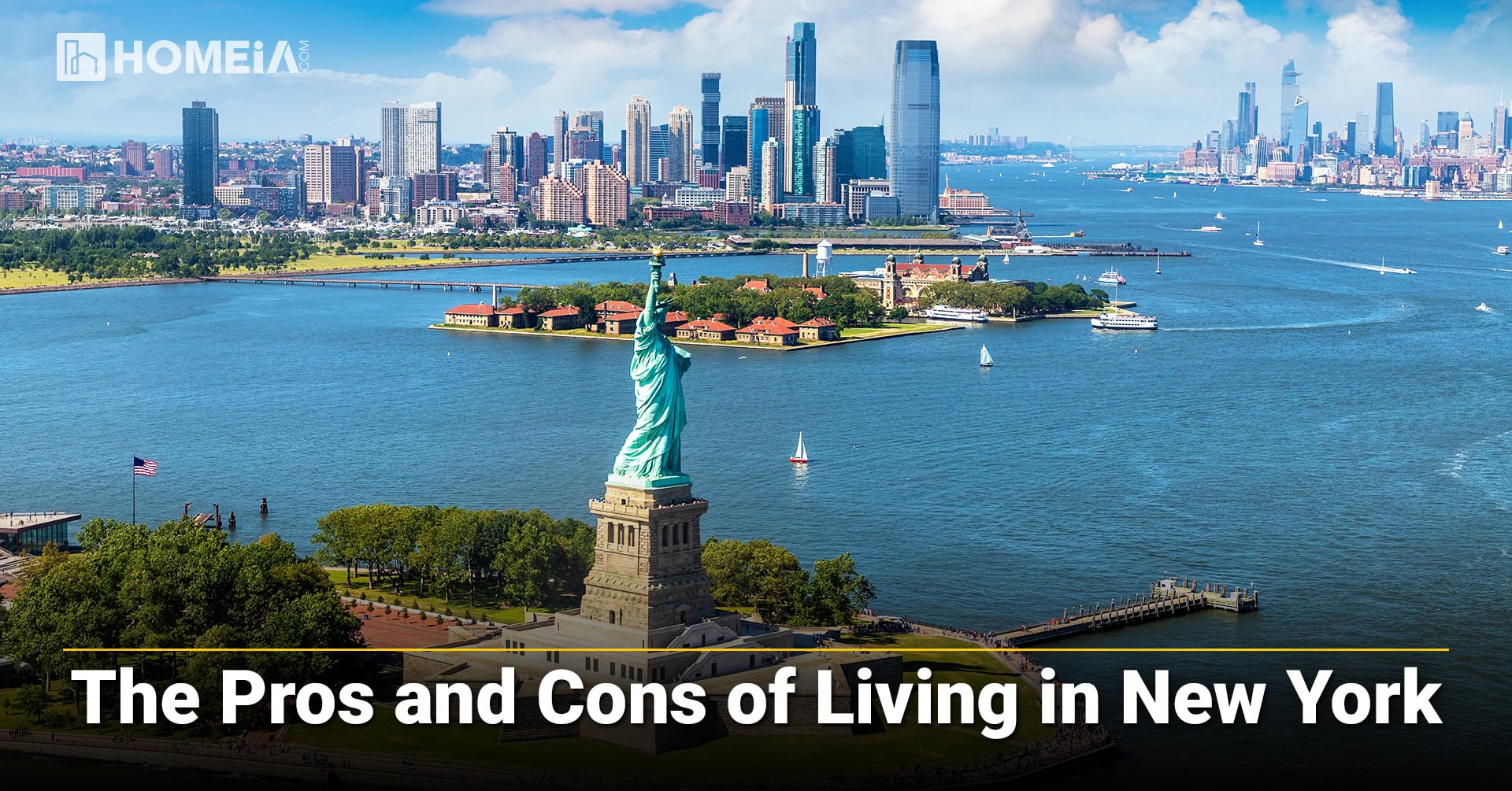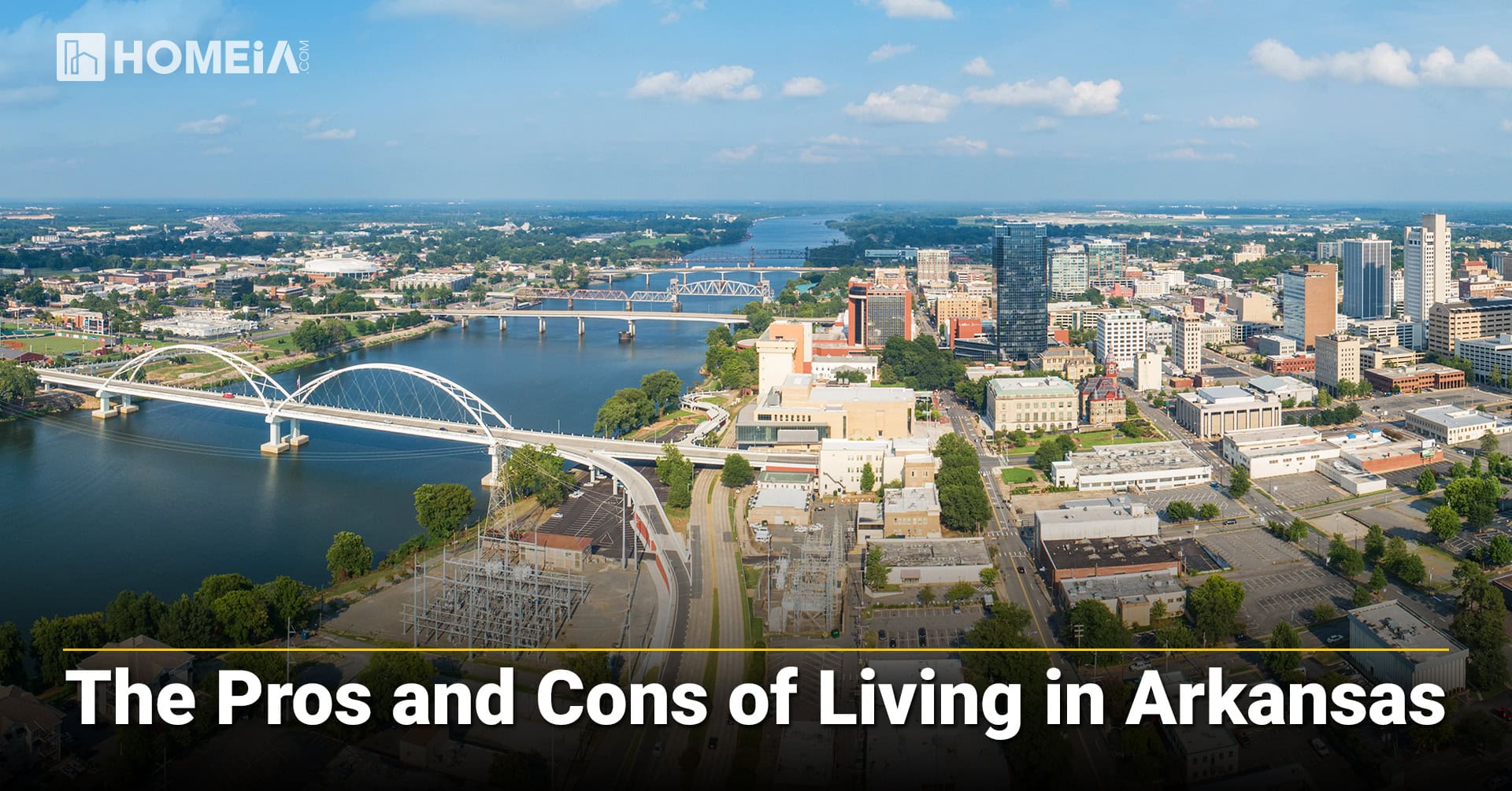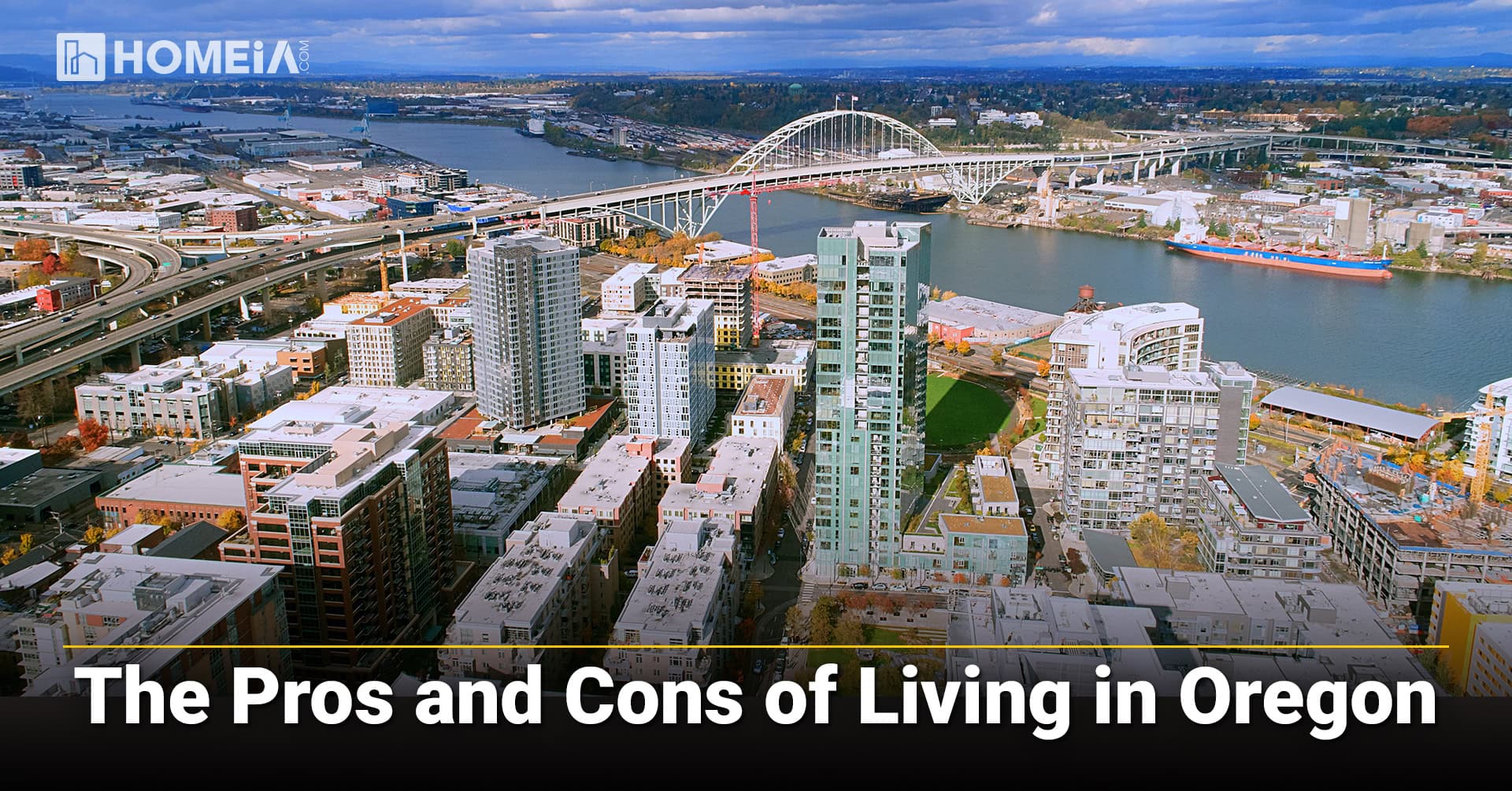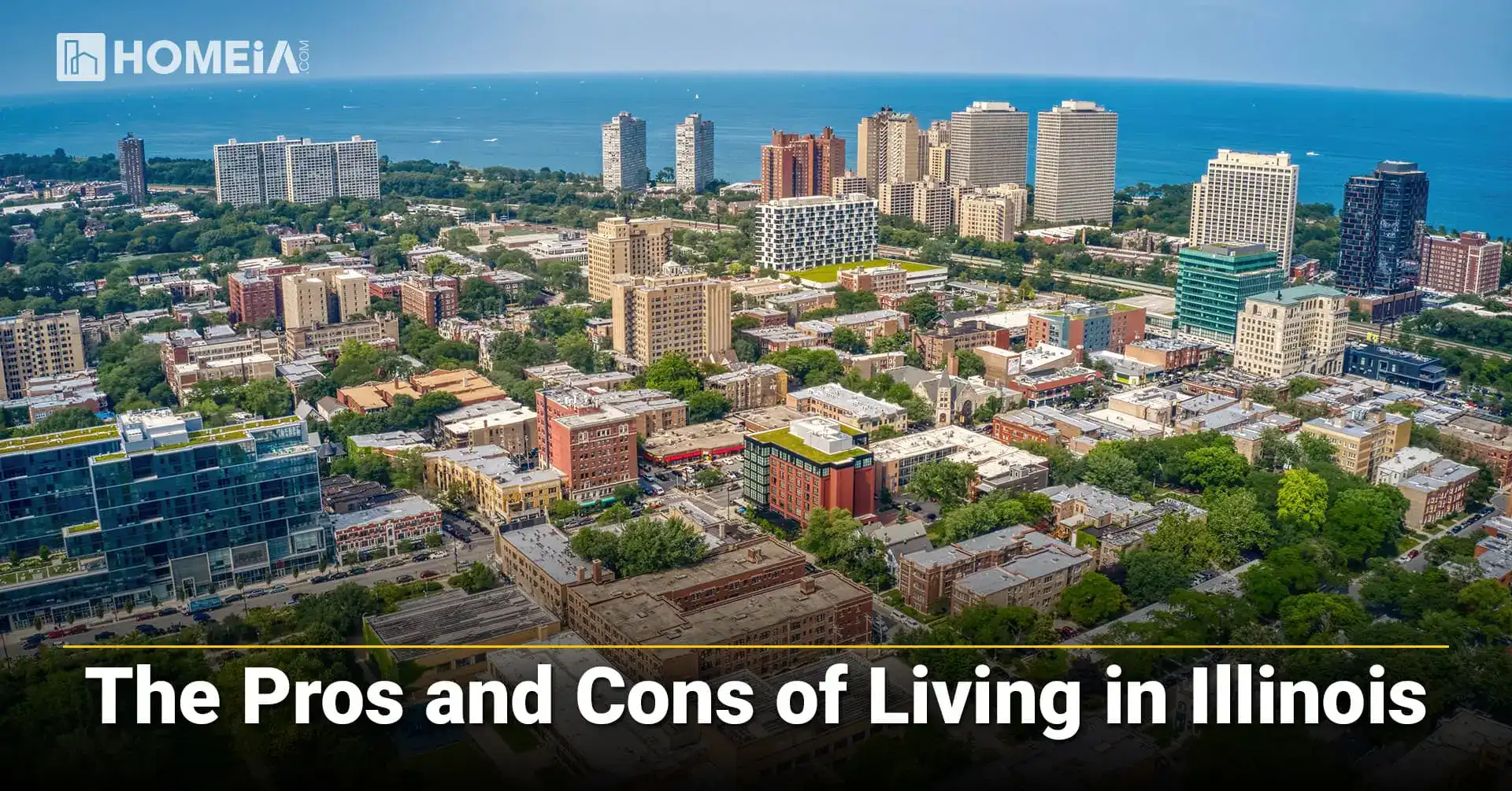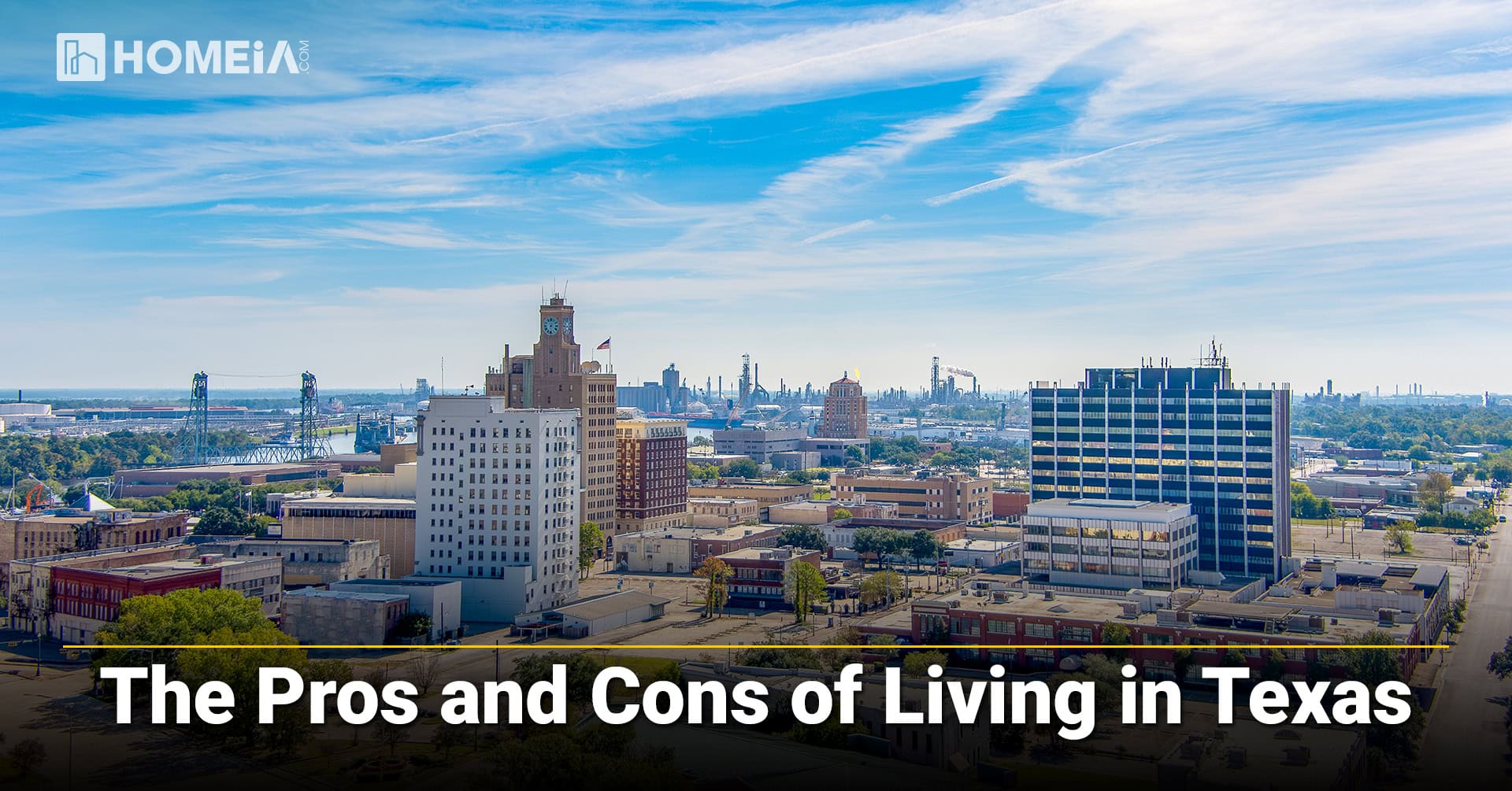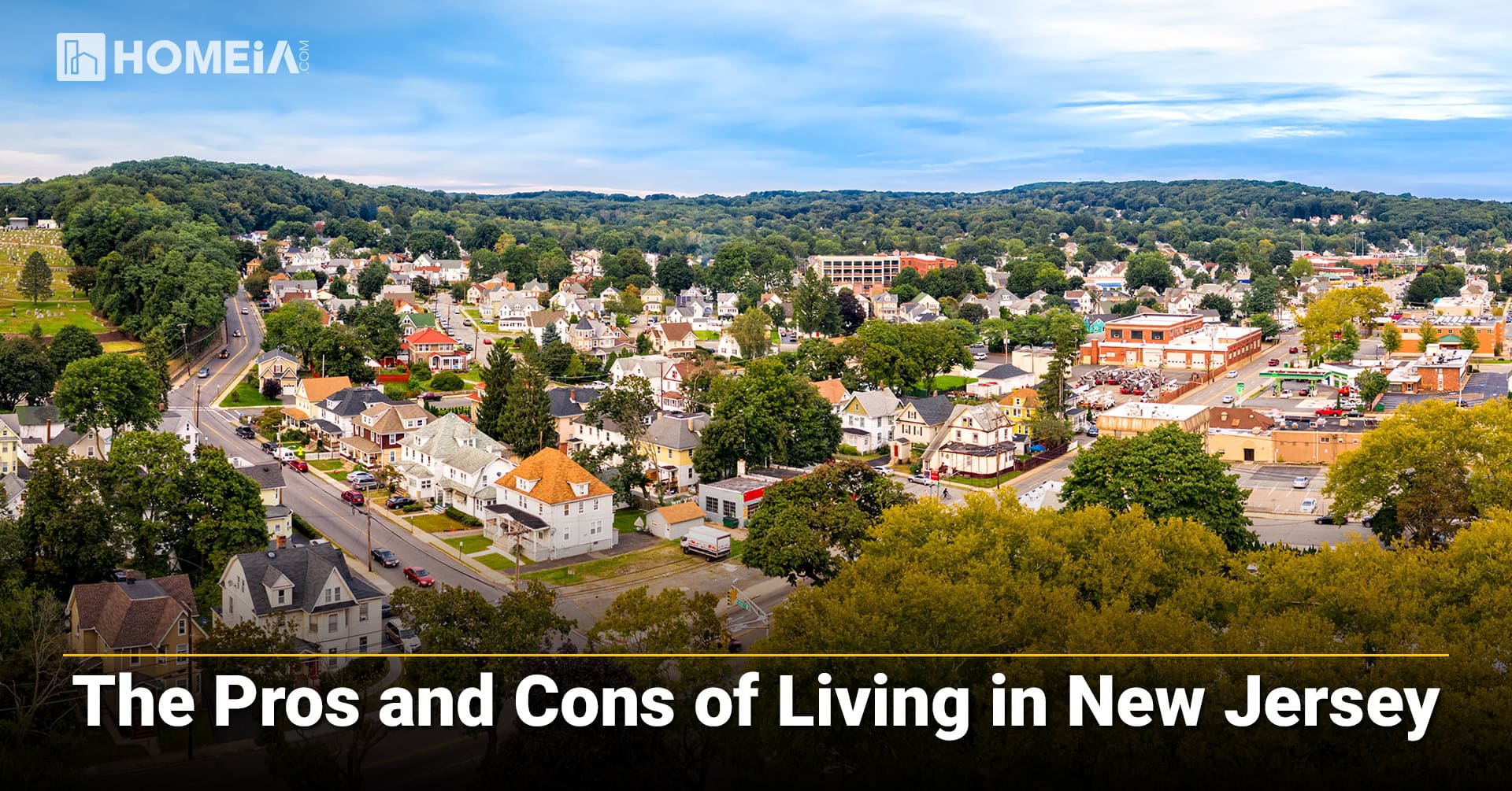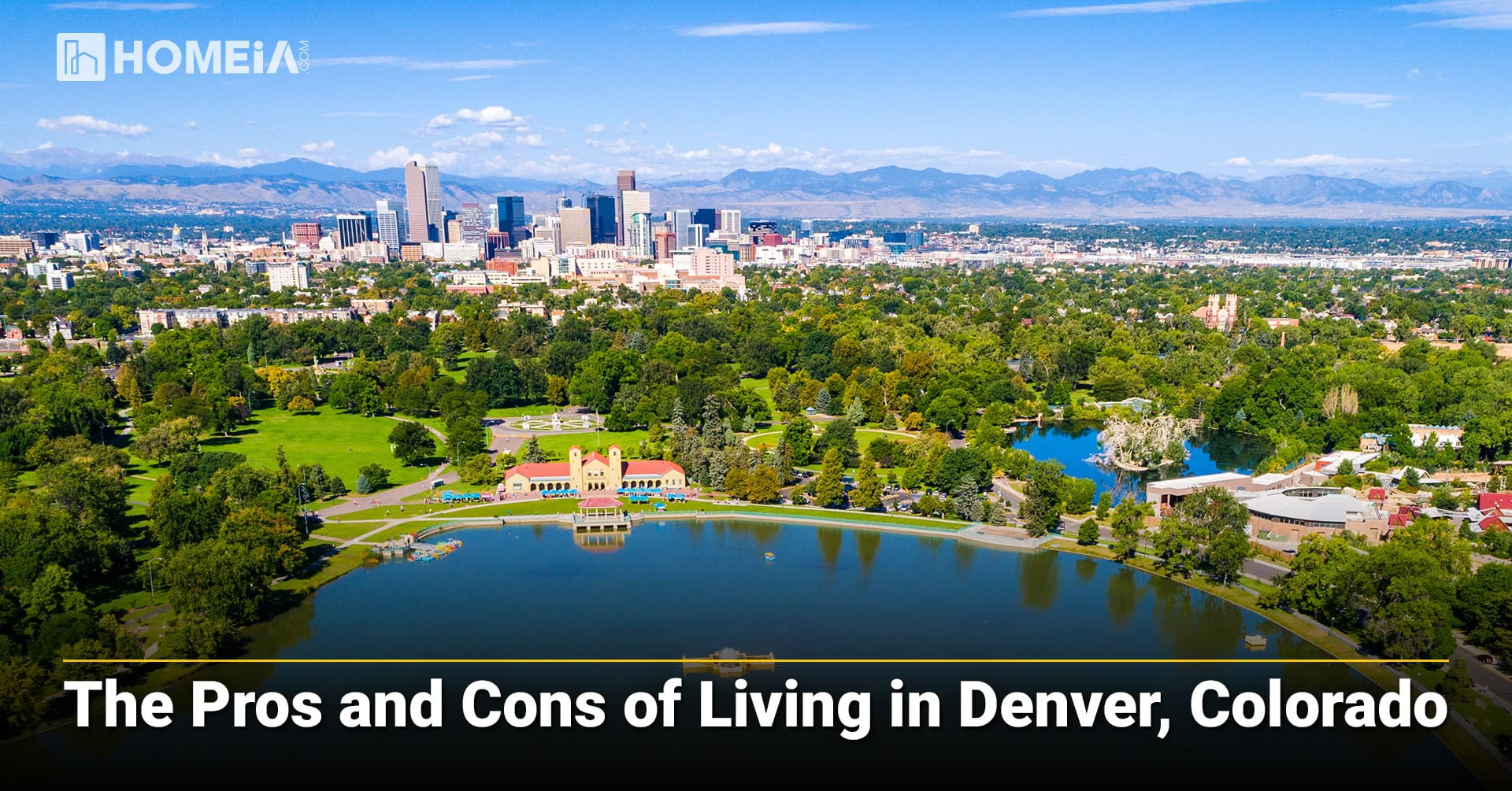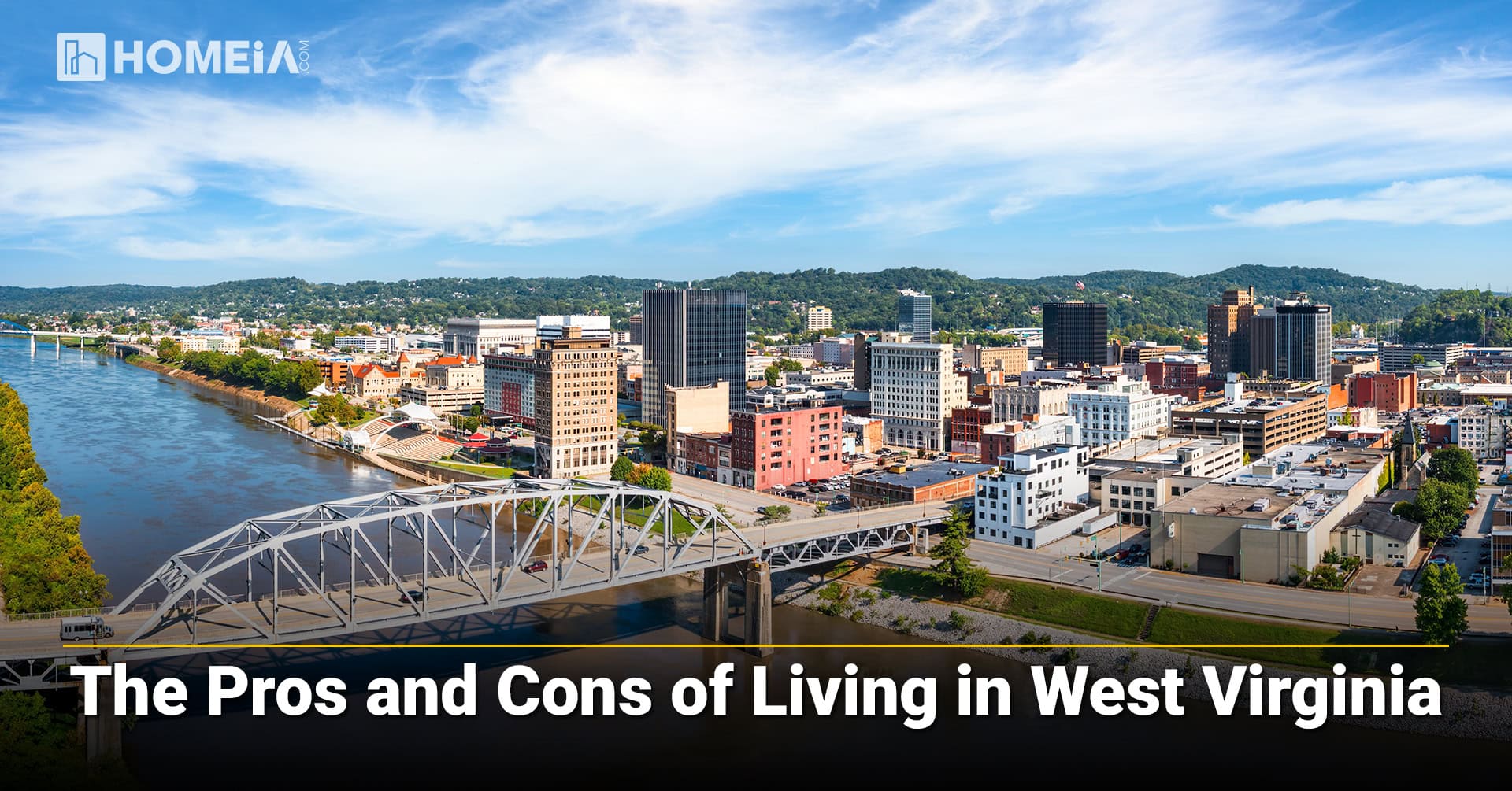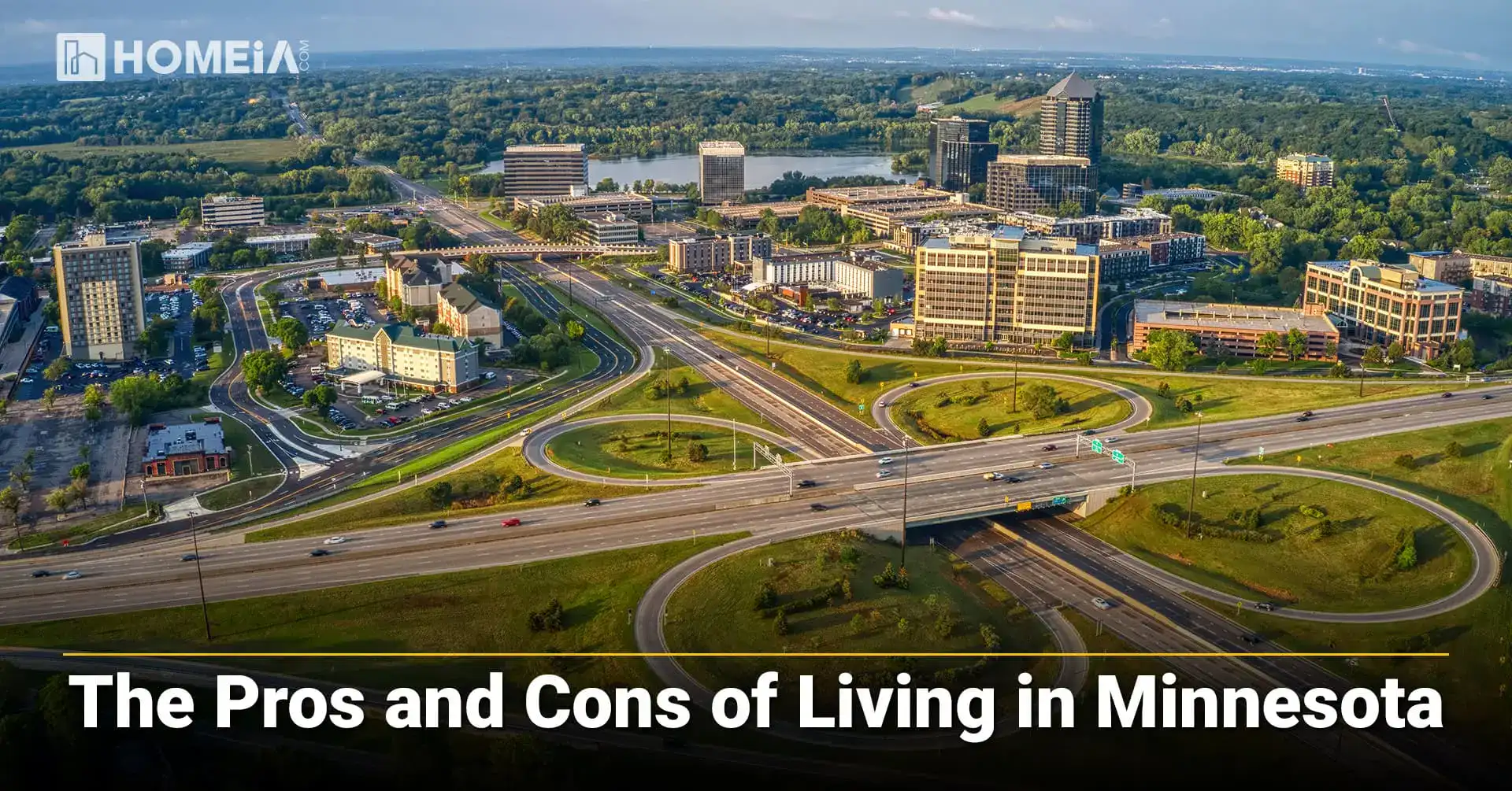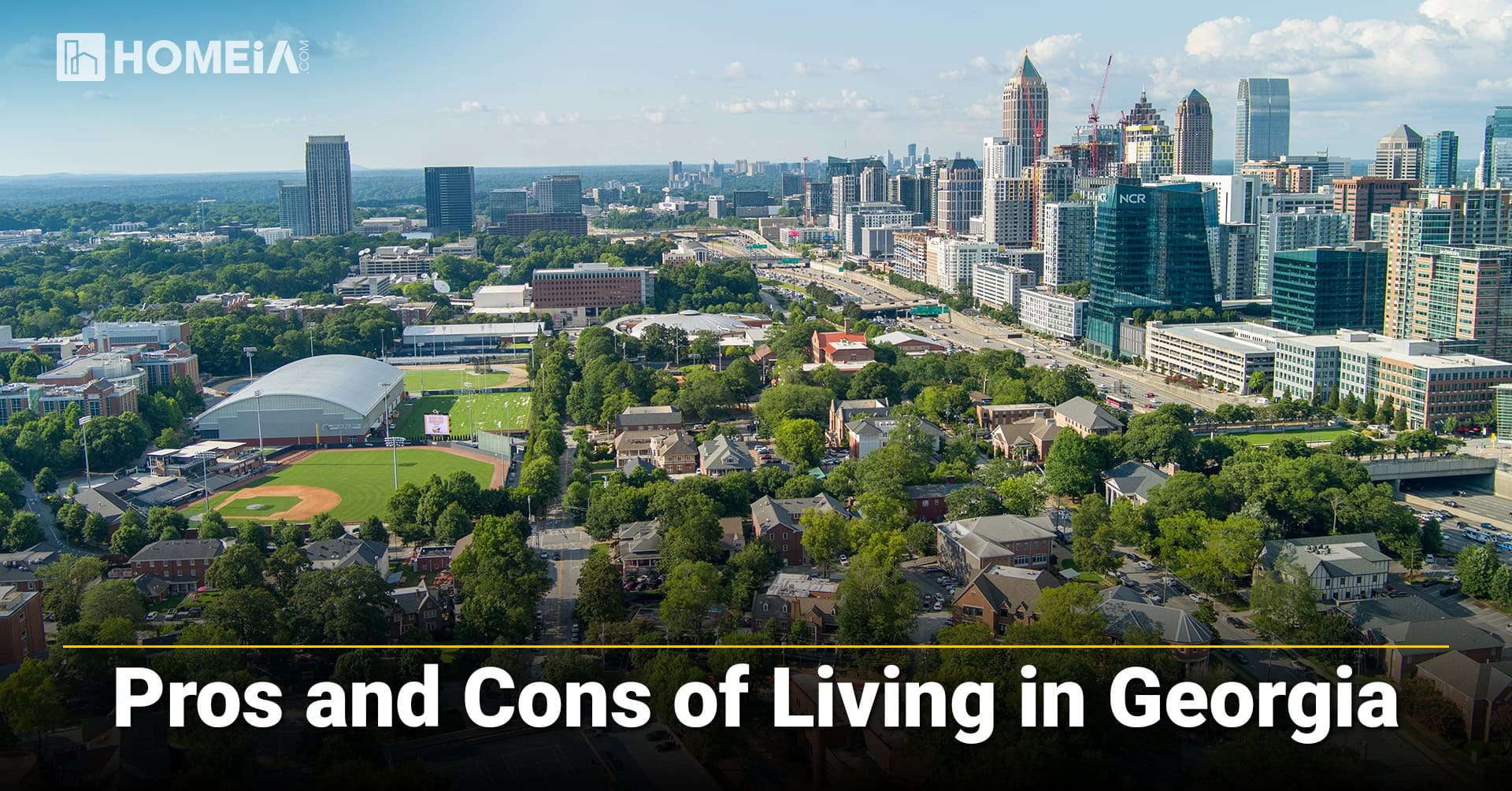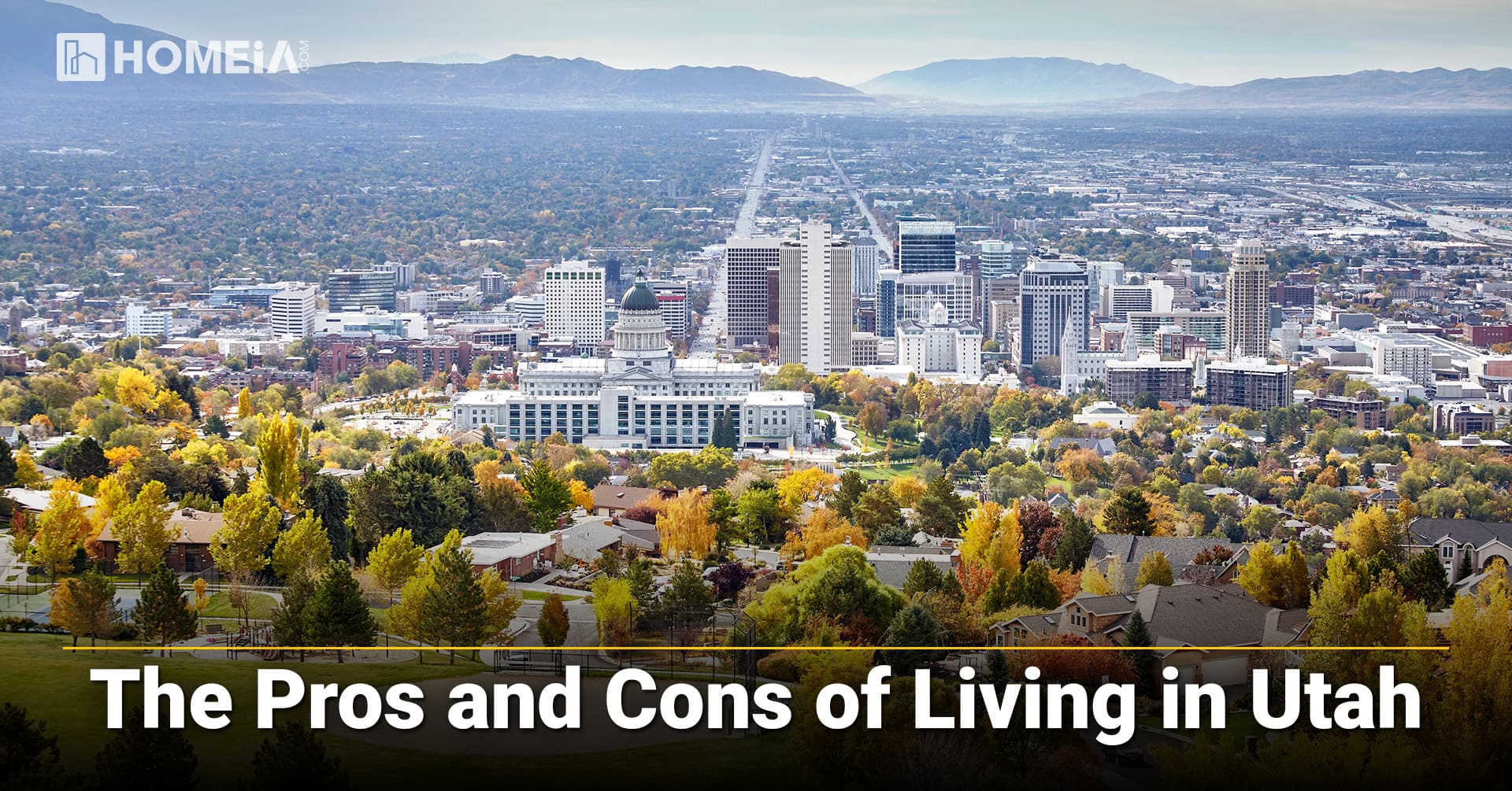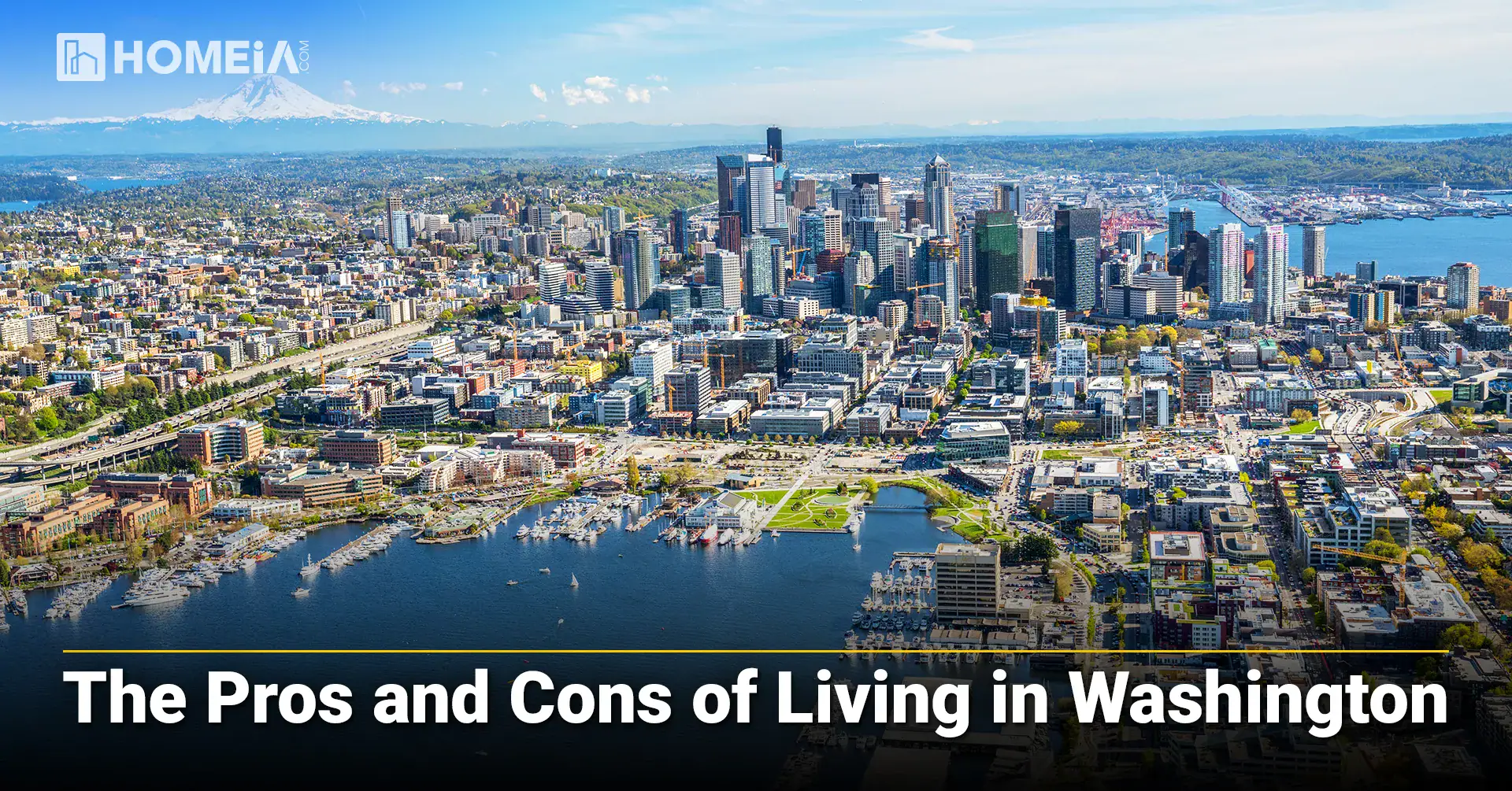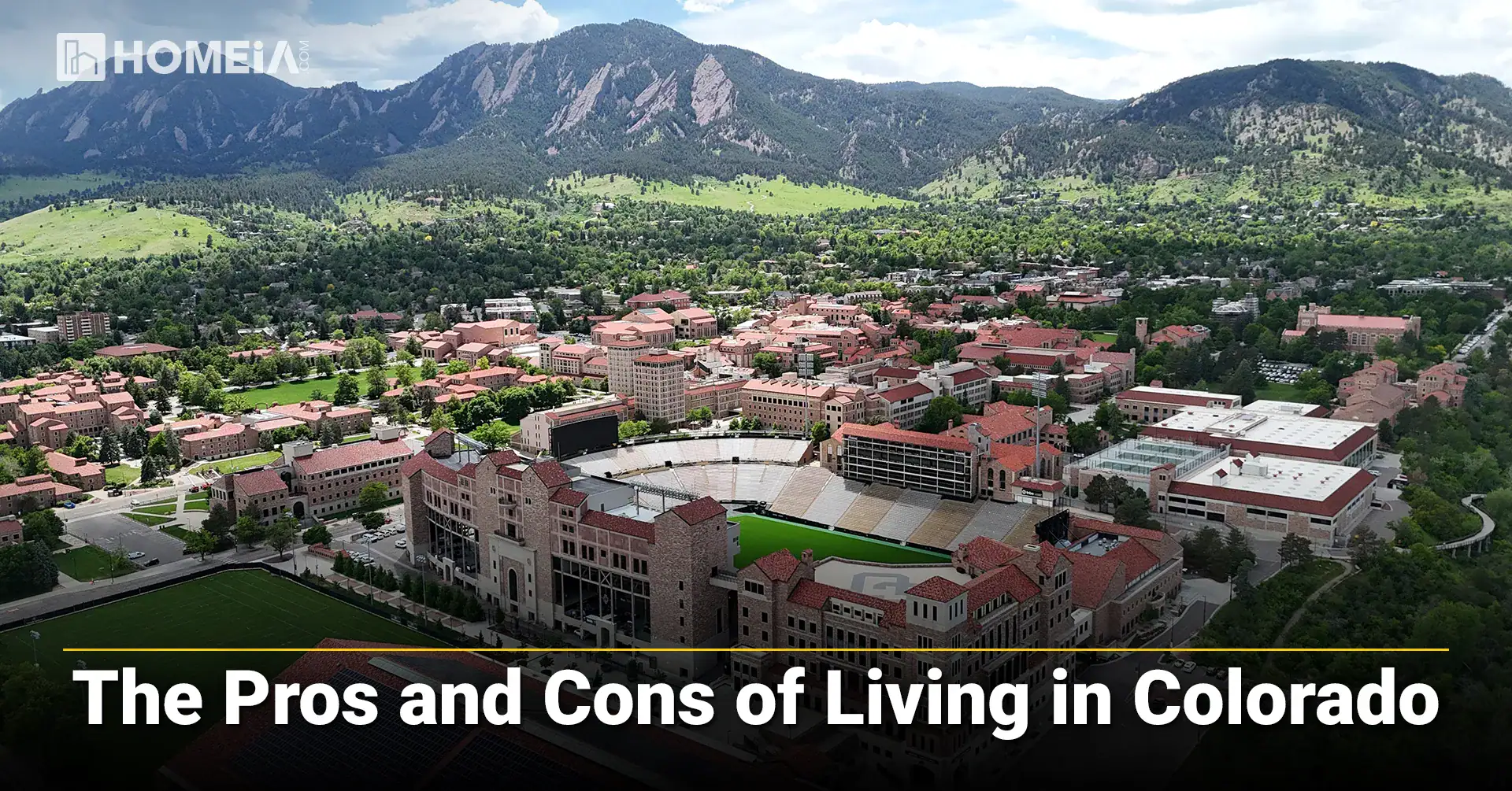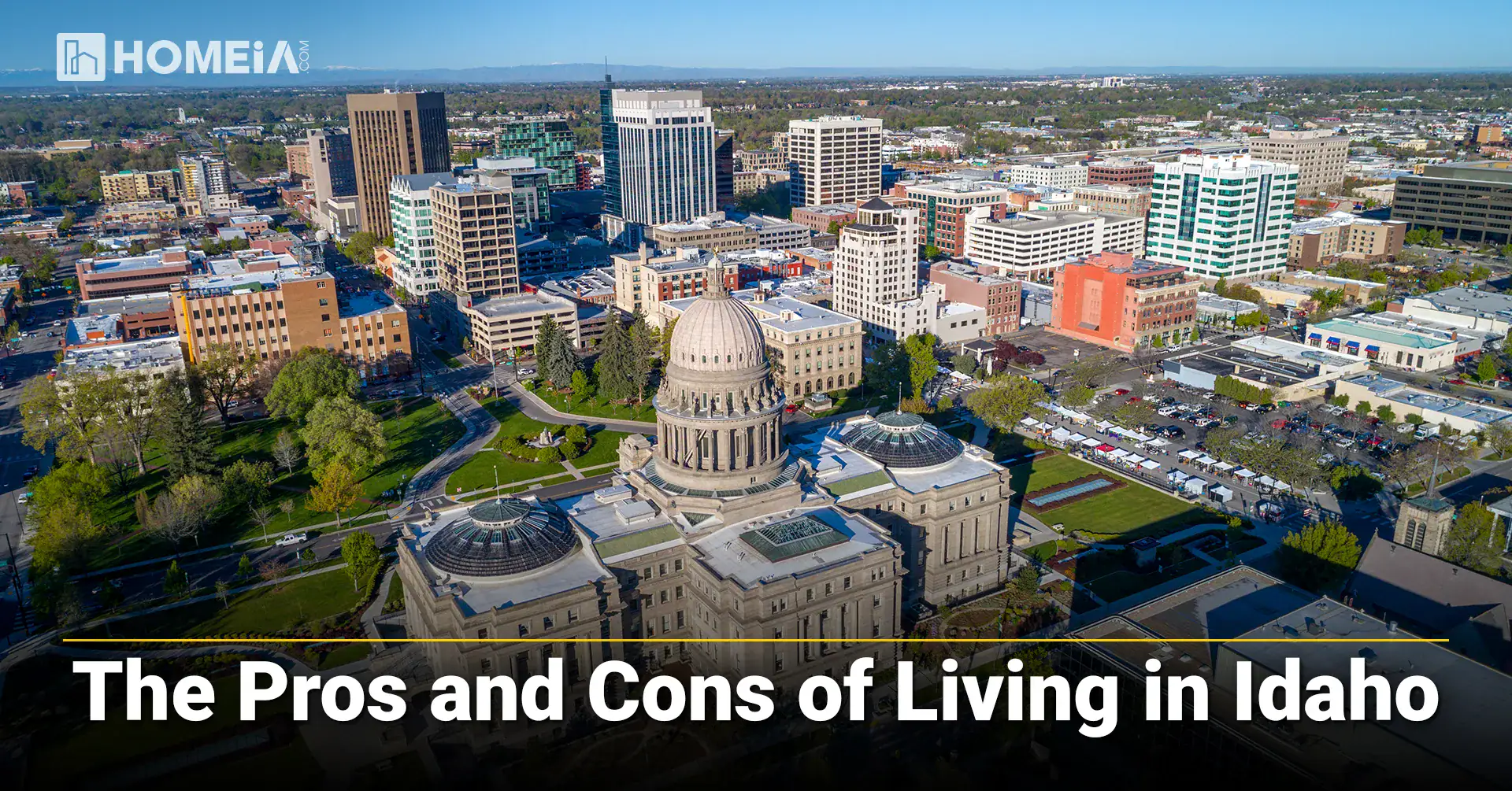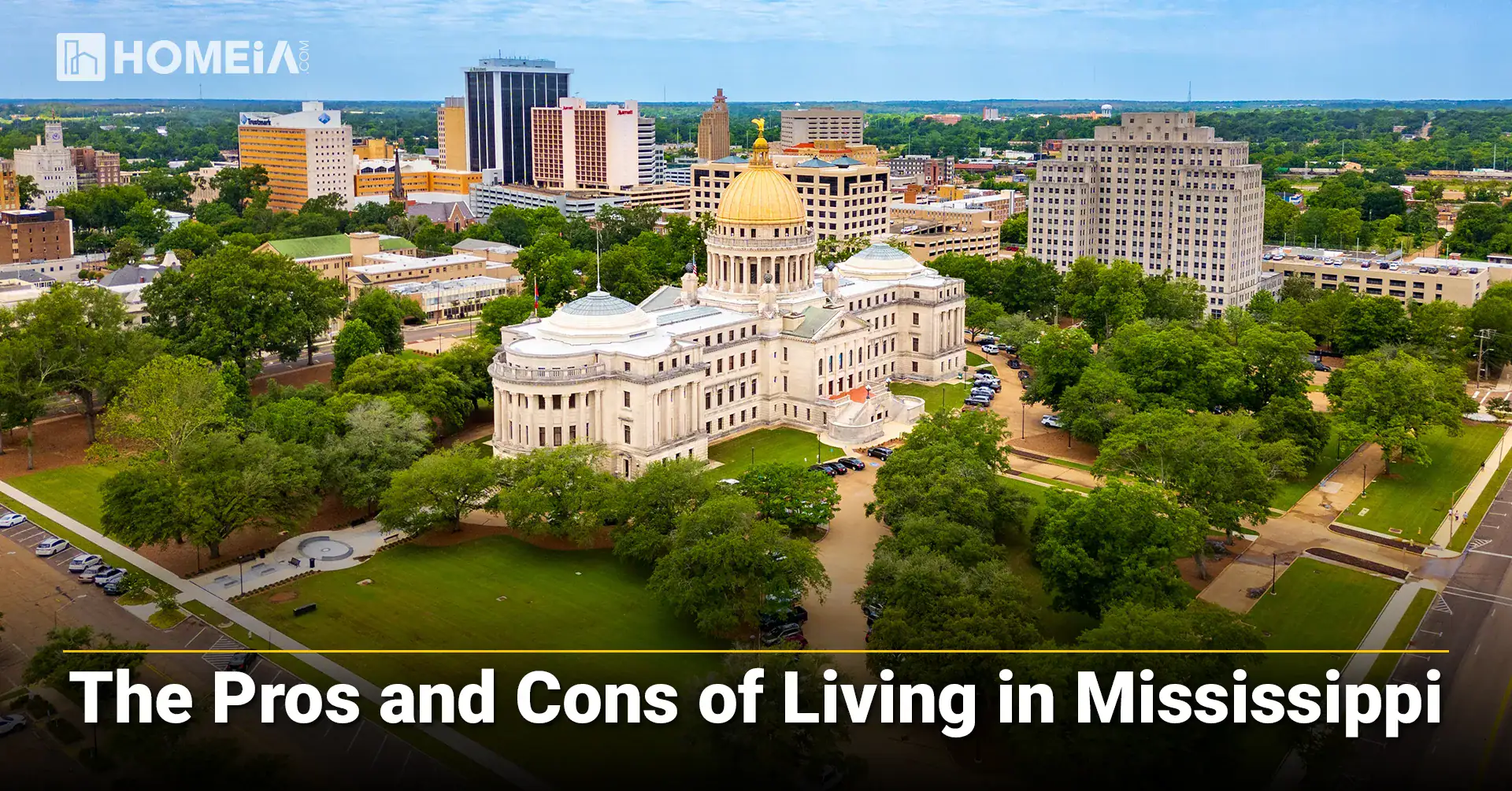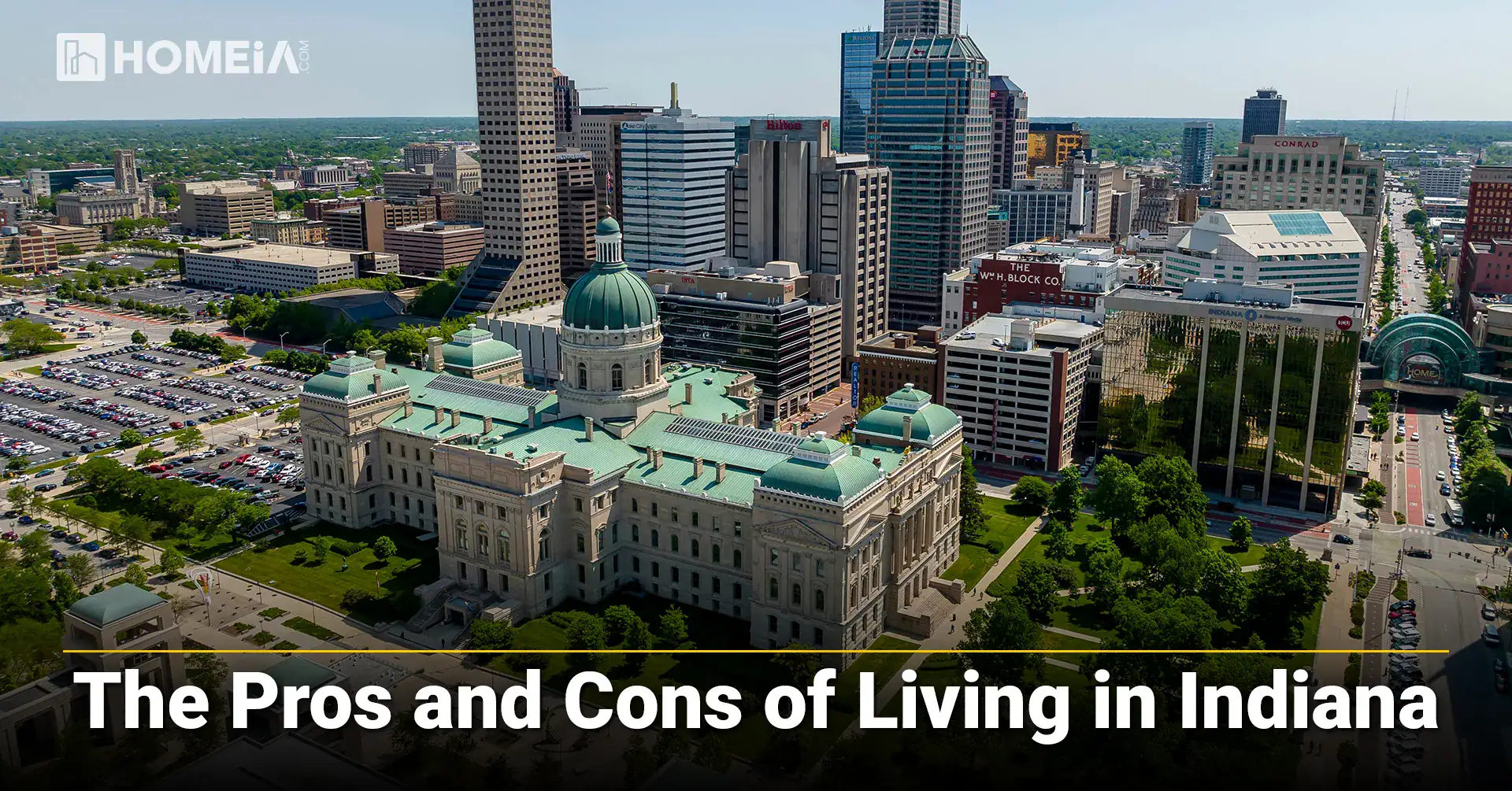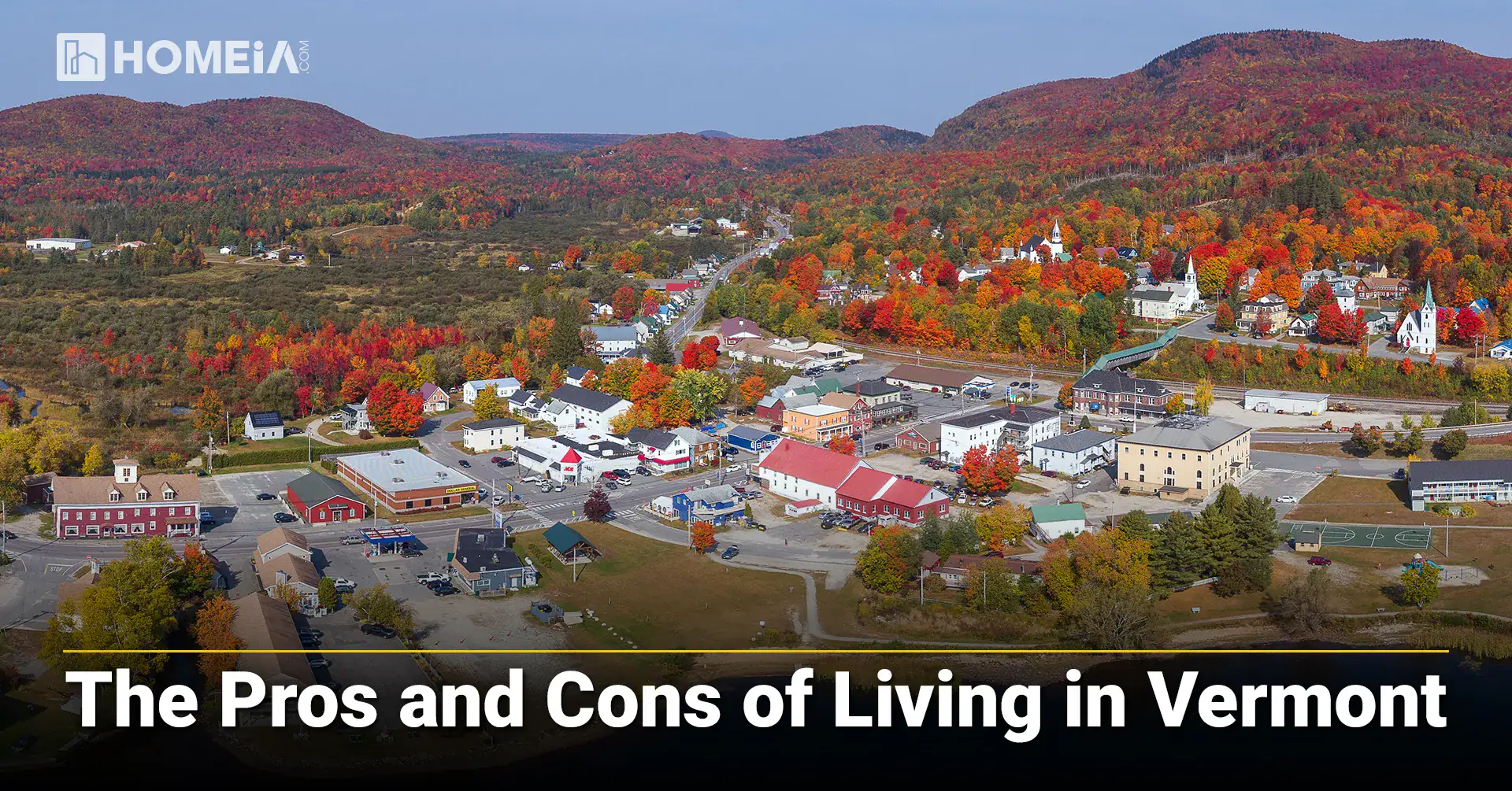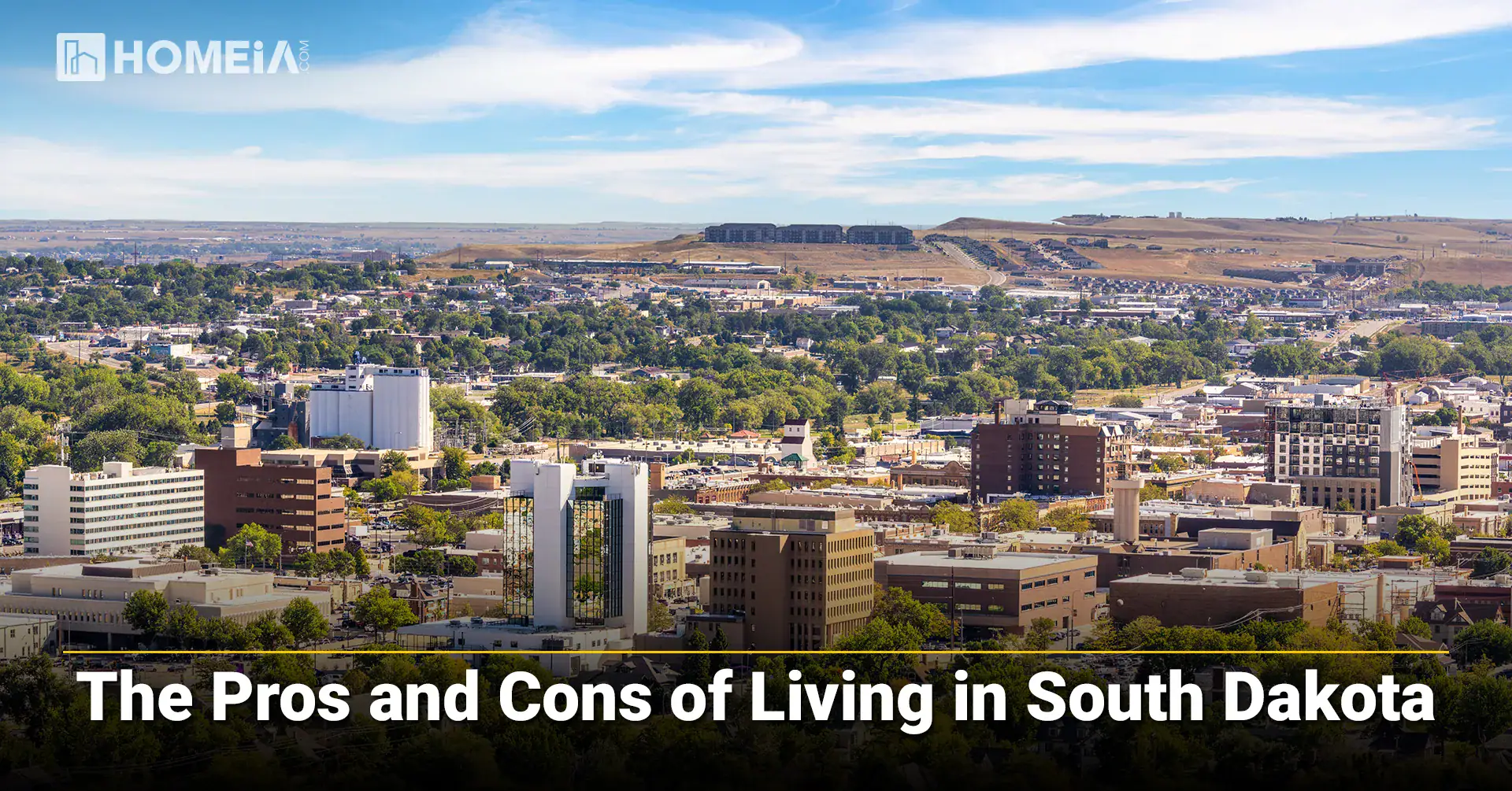Living In New Mexico
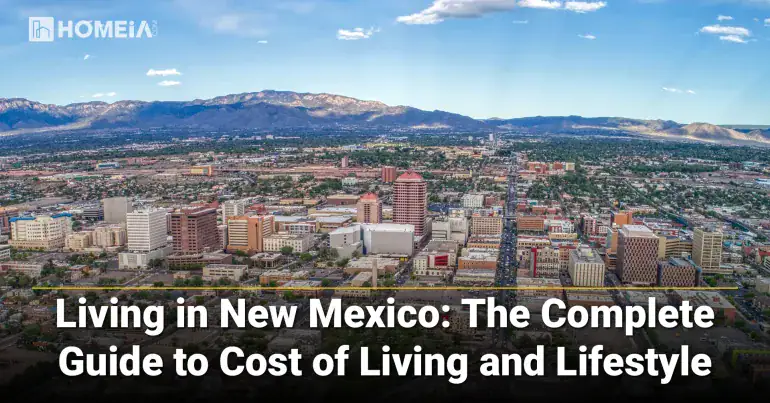
Table of Contents:
- The Complete Guide to Cost of Living and Lifestyle
- Key Takeaways
- I. Methodology: How We Analyzed the Cost of Living
- 1. New Mexico Housing Costs: Navigating an Affordable Market
- 2. New Mexico Tax Structure: A Mixed Picture
- 3. Daily Living Expenses in New Mexico
- 4. Family Life in New Mexico: Education and Community
- 5. New Mexico Transportation: A Car-Dependent State
- 6. New Mexico Job Market and Income Potential
- 8. New Mexico Lifestyle: The Ultimate Trade-Off
- 9. Best Places to Live in New Mexico for Different Needs
- Frequently Asked Questions About Living in New Mexico
The Complete Guide to Cost of Living and Lifestyle
New Mexico living offers a unique value proposition with its low cost of living, no state tax on Social Security income, and unparalleled access to culture and nature. The Land of Enchantment attracts everyone from artists and retirees to remote workers and families seeking an affordable, adventure-filled life. However, sacrifices are made, including an unstable job market and socioeconomic challenges. This comprehensive guide covers housing prices, taxes, daily expenses, and lifestyle factors to help you decide if New Mexico is your next home.
Key Takeaways
- Affordable Housing: New Mexico’s housing market is a primary driver of its low cost of living, with median home prices consistently below the national average. However, costs vary significantly between cities such as Santa Fe and Clovis.
- Favorable Tax Structure: It offers a tax-friendly environment for retirees with no tax on Social Security income and low-to-moderate income tax rates for working residents, though sales taxes can be high.
- Moderate Everyday Costs: While housing is economical, other expenses like utilities, groceries, and healthcare are close to or slightly below national averages. Utilities are generally lower, as per this climate.
- Lifestyle Trade-Off: The benefits of affordable living, rich culture, and outdoor access are balanced against economic challenges, higher crime rates in some areas, and an underfunded education system.
- Community is Key: Community pridefulness and unique cultural identity are intangible benefits that greatly enhance the quality of life for those who embrace the New Mexican way of life.
I. Methodology: How We Analyzed the Cost of Living
Our analysis is based on a multi-factor review of key elements that impact residents’ financial well-being and daily life. We compiled data from reputable 2025 sources, including the U.S. Census Bureau, Bureau of Labor Statistics, Zillow housing market reports, Tax Foundation, and local New Mexico state agencies.
Our evaluation criteria are weighted as follows:
- Housing & Affordability (30%): The largest budget item. We analyze median home prices, rental costs, and property taxes, using ratios like home-price-to-income to gauge true accessibility.
- Daily Living Expenses (25%): This metric evaluates costs defining a daily budget, including groceries, utilities, transportation, and healthcare, benchmarked against national averages.
- Tax Burden (20%): Crucial component of affordability. We assess the impact of state income, sales, and property taxes on overall financial planning for both workers and retirees.
- Income & Economic Context (15%): Affordability is relative to earnings. We examine median household incomes and economic stability to provide context for the cost data.
- Lifestyle Value (10%): We evaluate the intangible ROI of living in New Mexico, considering access to culture, outdoor recreation, and community amenities that offset monetary costs.
Our Methodologies to create HOMEiA Score Ratings for Each Group of Content
HOMEiA uses a consistent, data-driven methodology to evaluate U.S. states for livability, affordability, and long-term value. Our analysis centers on key factors such as Housing and Affordability, Cost of Daily Living, Access and Infrastructure, Community Strength, Safety and Quality of Life, Economic Resilience and Job Market Performance…

New Mexico’s housing market is a beacon of affordability in the West. Expenditures are significantly lower than the national average but vary dramatically between artistic enclaves and working-class towns.
A. Major New Mexico Cities Housing Costs
City | Median Home Price | Avg. Rent (2-Bedroom) | Home Price to Income Ratio | Income to Rent Ratio | Safety Rating |
|---|---|---|---|---|---|
| Santa Fe | ~$541,100 | $1,400 – $1,600 | 4.7:1 | 41.4x | 72/100 |
| Albuquerque | ~$308,100 | $1,100 – $1,300 | 3.2:1 | 32.8x | 65/100 |
| Rio Rancho | ~$305,000 | $1,200 – $1,400 | 3.1:1 | 33.5x | 78/100 |
| Las Cruces | ~$265,000 | $900 – $1,100 | 2.7:1 | 27.9x | 68/100 |
| Farmington | ~$245,000 | $850 – $1,000 | 2.5:1 | 26.3x | 71/100 |
| Roswell | ~$195,000 | $900 – $950 | 2.0:1 | 24.8x | 63/100 |
| Clovis | ~$144,600 | $800 – $900 | 1.8:1 | 22.1x | 69/100 |
Notes: Median home prices are based on recent 2025 Zillow and Apartment List data; Clovis median home price is approximately $144,600.
B. New Mexico Housing Strategies and Financial Options: Financing a home is effortless, with widely accepted FHA, VA, and conventional loans. However, first-time homebuyers should pay special attention to energy efficiency. Older adobe homes can be expensive to heat in winter, while poorly insulated homes in southern areas may incur higher cooling costs. A thorough inspection, including well and septic systems for remote properties, is critical.
Moving to New Mexico: The Complete Relocation Guide & Checklist
Bordered by Texas, Arizona, and Mexico, New Mexico blends ancient traditions with modern living amid stunning desert and mountain scenery. Home to over 2 million people, it offers affordability, no tax on Social Security income, and a welcoming culture. This guide covers key insights for relocating to the Land of Enchantment.
2. New Mexico Tax Structure: A Mixed Picture
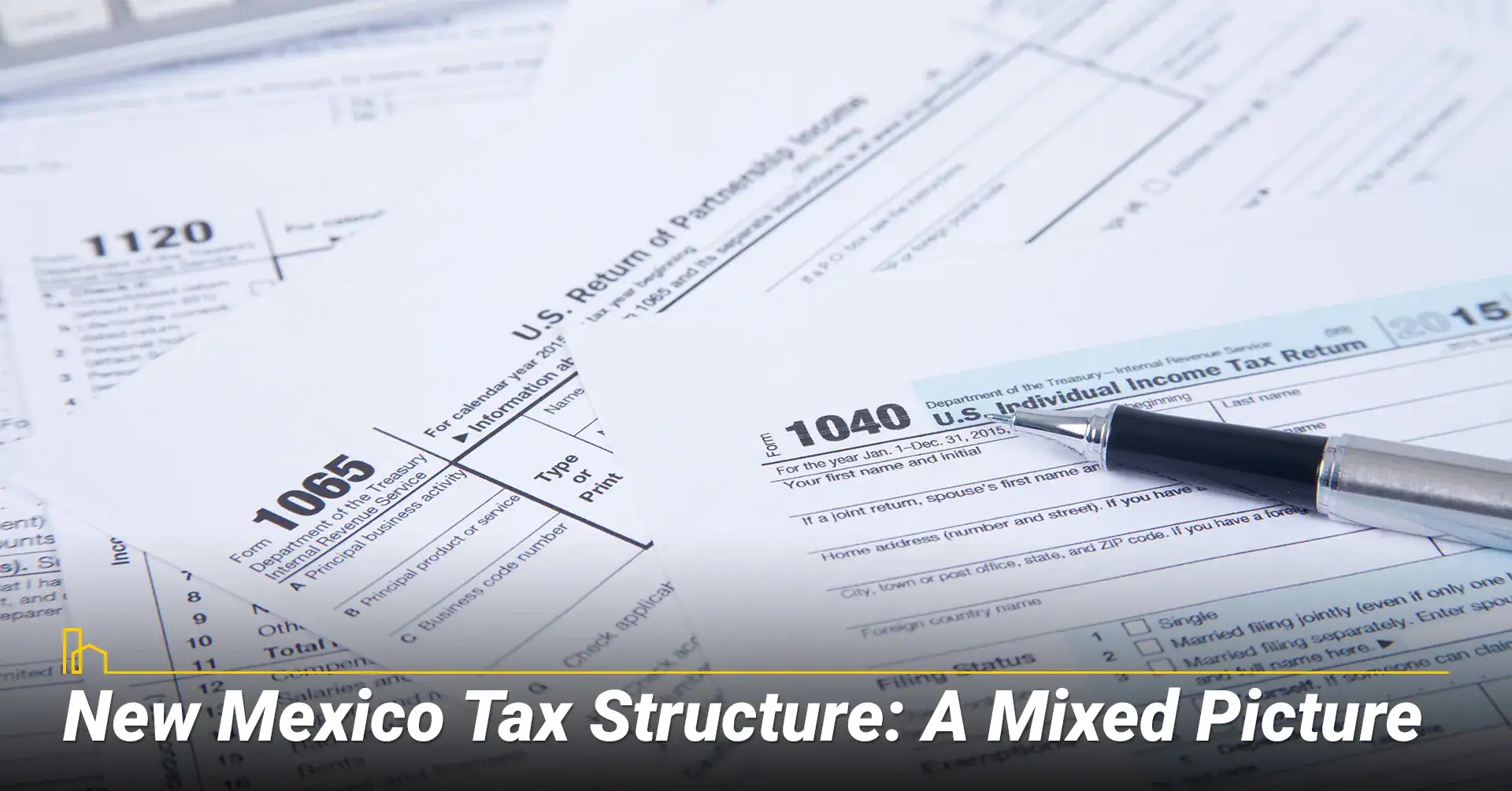
A. New Mexico State Taxes Overview: NM’s tax structure offers advantages especially for retirees, exempting Social Security income from state taxation and providing deductions for other retirement income. Here applies a progressive income tax ranging from 1.7% to 5.9%, and gross receipts tax (statewide base 5.125%) combined with local taxes commonly increases the total sales tax rate above 8% or 9%.
B. Tax Comparison: New Mexico vs. Other States
Tax Type | New Mexico | Arizona | Colorado | Texas | National Avg. |
|---|---|---|---|---|---|
| State Income Tax | 1.7% – 5.9% | 2.55% Flat | 4.40% Flat | 0% | ~5.1% |
| State Sales Tax | 5.125% + local | 5.60% | 2.90% | 6.25% | ~6.35% |
| Avg. Combined Sales Tax | ~7.83% | ~8.37% | ~7.78% | ~8.20% | ~7.12% |
| Avg. Property Tax | 0.67% | 0.62% | 0.55% | 1.60% | 1.07% |
| Social Security Taxed? | No | No | Yes | No | N/A |
Note: New Mexico’s effective property tax rate is approximately 0.67%, ranking around 35th nationwide, lower than the initial 0.80% placeholder.
Recommended for you
3. Daily Living Expenses in New Mexico
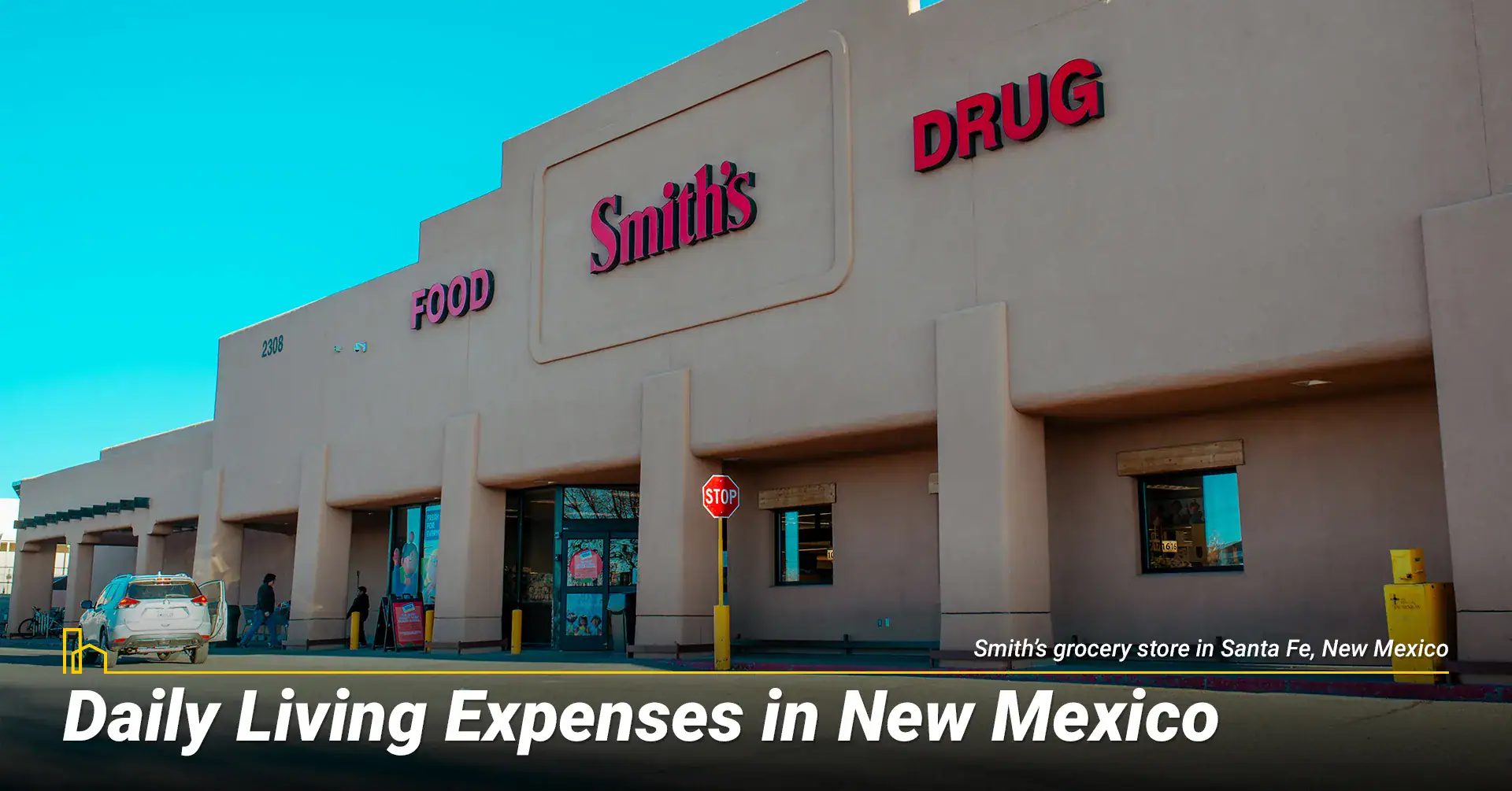
Overall cost of living is roughly 5%-8% below the national average. Daily expenses including groceries and utilities vary slightly from national norms, with utilities notably lower than estimates given.
A. Monthly Living Costs Breakdown
Expense Category | New Mexico Cost | National Comparison |
|---|---|---|
| Groceries (per person) | $290-$320/month | 3% below average |
| Utilities (Monthly Avg.) | $130-$220/month | 10%-14% below average due to climate |
| Gasoline | ~$3.20/gallon | Slightly below average |
| Healthcare (individual) | $425-$500/month | Near national average |
| Internet | $70-$100/month | Near national average |
Note: Utilities costs are typically lower in New Mexico than the previously indicated higher range due to mild climate effects and data from RentCafe and ConsumerAffairs.
B. Cost-Saving Strategies for New Mexico Living
Smart New Mexicans mitigate costs by:
- Shopping Sales & Bulk Buying: Chains including Costco and Albertsons support affordable groceries.
- Eating Local: Farmers’ markets and seasonal chile roasting contribute to budget-friendly fresh food.
- Energy Efficiency: Evaporative coolers (“swamp coolers”) reduce summer energy use in dry areas.
- Utilizing Outdoor Recreation: Low-cost activities like hiking and camping lessen entertainment expenses.
The Pros and Cons of Living in New Mexico
New Mexico is more than deserts and adobe—it’s a land of deep culture, creativity, and laid-back living. However, challenges like limited job opportunities, high crime, and underfunded schools exist. This guide explores New Mexico’s pros and cons, plus its best cities for professionals, families, and retirees seeking Southwestern charm.
4. Family Life in New Mexico: Education and Community
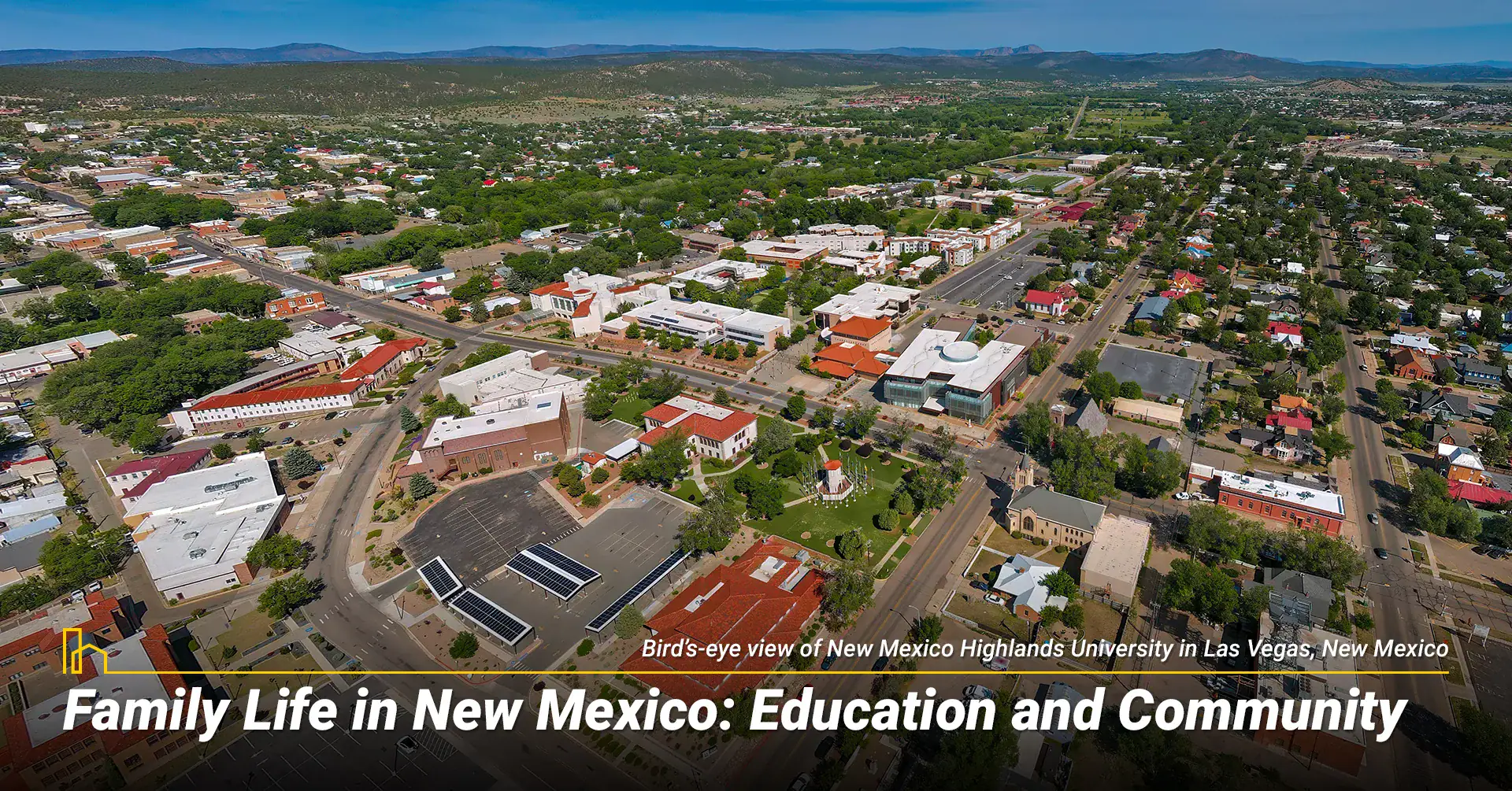
New Mexico offers a distinctive family life marked by strong community ties but variable education quality.
A. Education in New Mexico: While districts such as Rio Rancho and Los Alamos overachieve on state and national rankings, the state’s overall public education system finishes near the bottom nationwide. Charter schools and homeschooling options are common alternatives. There’s a lottery-funded scholarship covering in-state college tuition for qualifying students.
B. Childcare and Family Costs
Family Expense | New Mexico Cost | Available Support |
|---|---|---|
| Childcare (Monthly) | $700-$900/month | State assistance programs available |
| Youth Sports | $100-$300/season | Community leagues popular and affordable |
| 4-H & Outdoor Programs | Varies | Widely accessible, integral to rural culture |
5. New Mexico Transportation: A Car-Dependent State
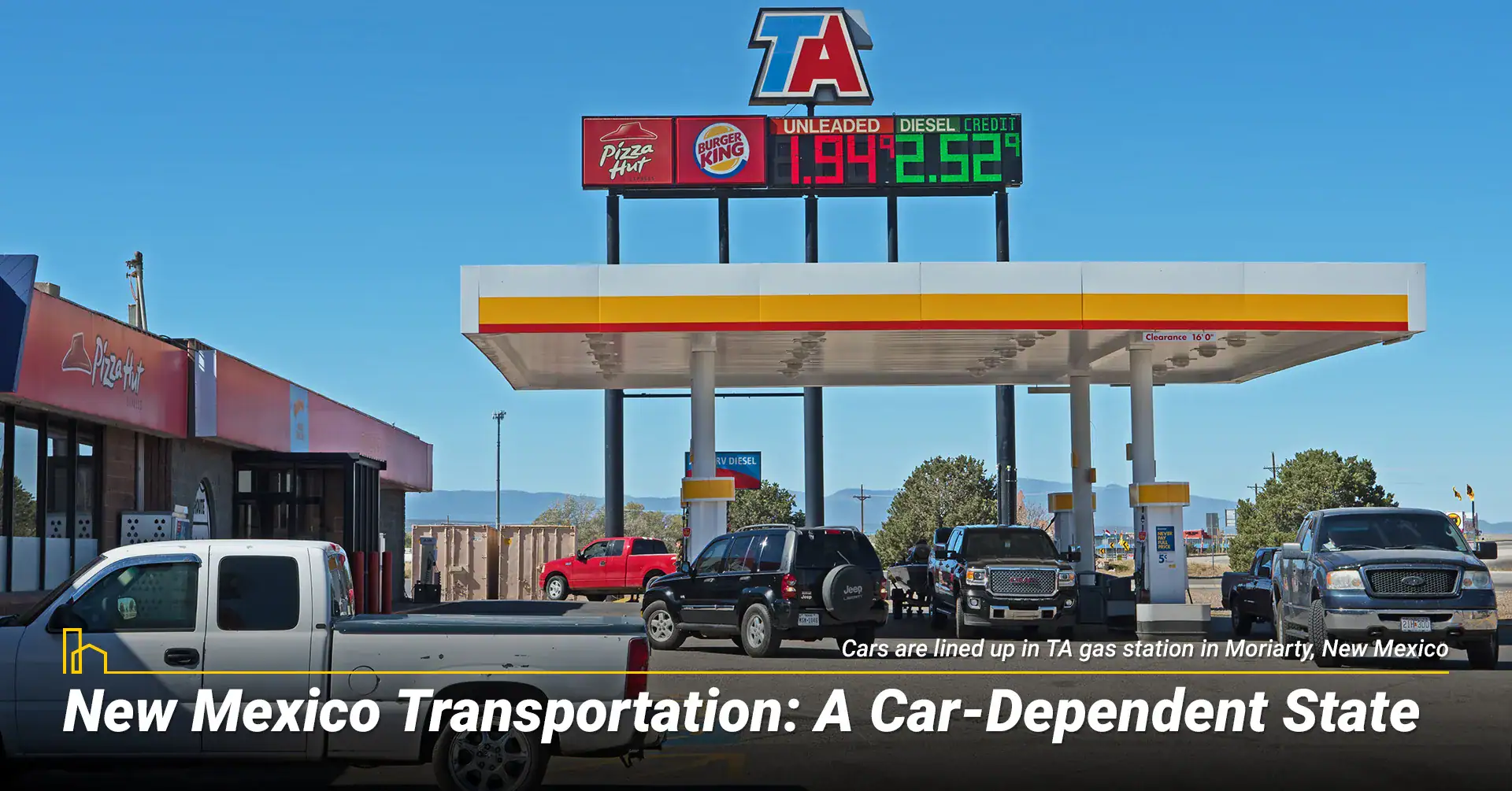
A. Vehicle-Related Expenses
Transportation Cost | New Mexico Average | National Comparison |
|---|---|---|
| Auto Insurance | $1,300-$1,700/year | Slightly below average |
| Gas Prices | ~$3.20/gallon | Below average |
| Vehicle Registration | $50-$100/year | Depends on vehicle specifics |
| Annual Mileage | ~12,000 miles | Above average due to dispersed cities |
B. Public Transit and Air Travel: Albuquerque boasts the state’s most developed public transit system (ABQ RIDE). Other cities have limited or no public transit. Albuquerque International Sunport (ABQ) serves as the primary airport for domestic and international flights.
The 5 Best Places to Live in New Mexico: A City Comparison
New Mexico blends ancient heritage with modern creativity, offering both vibrant cities and breathtaking wilderness. This guide spotlights the five best places to live in 2025, based on affordability, opportunity, safety, and lifestyle. From lively Albuquerque to artistic Santa Fe, discover where your Southwestern dream can truly take root.
6. New Mexico Job Market and Income Potential
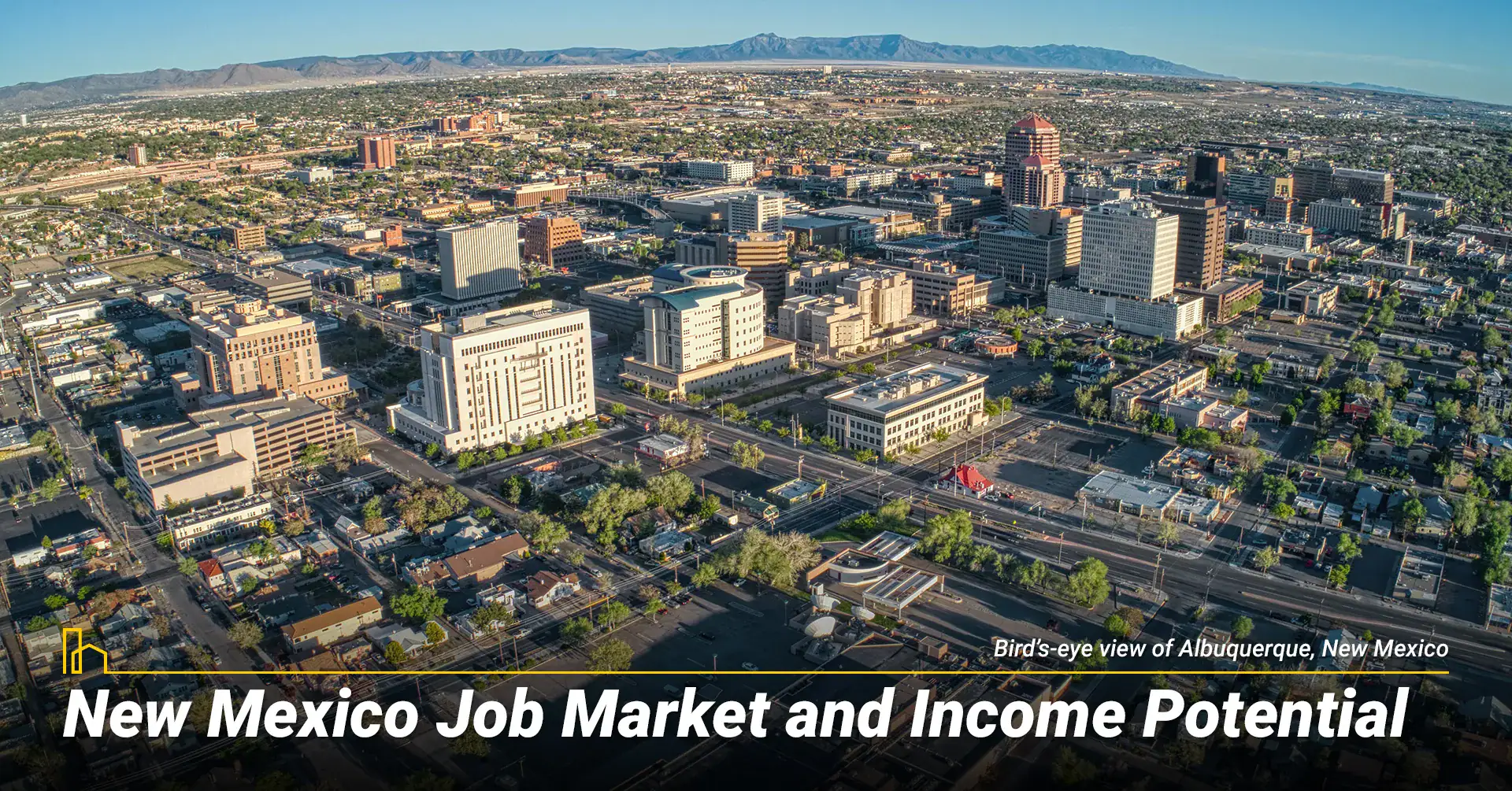
A. Income Statistics and Employment
Income Metric | New Mexico | National Average |
|---|---|---|
| Minimum Wage | $12.00/hour | $7.25/hour |
| Median Household Income | $62,125/year | ~$75,000/year |
| Unemployment Rate | ~4.8% | ~3.9% |
B. Major New Mexico Employers and Industries
Industry | Key Companies/Employers | Typical Salary Range |
|---|---|---|
| Government | State of NM, Sandia Labs, LANL | $45,000 – $100,000+/year |
| Healthcare | Presbyterian, Lovelace, Christus | $50,000 – $120,000/year |
| Education | UNM, NMSU, Public Schools | $40,000 – $80,000/year |
| Oil & Gas | Chevron, XTO Energy, WPX | $60,000 – $150,000/year |
| Retail & Hospitality | Various | $25,000 – $45,000/year |
7. Cost of Living Comparison: New Mexico vs. Other States
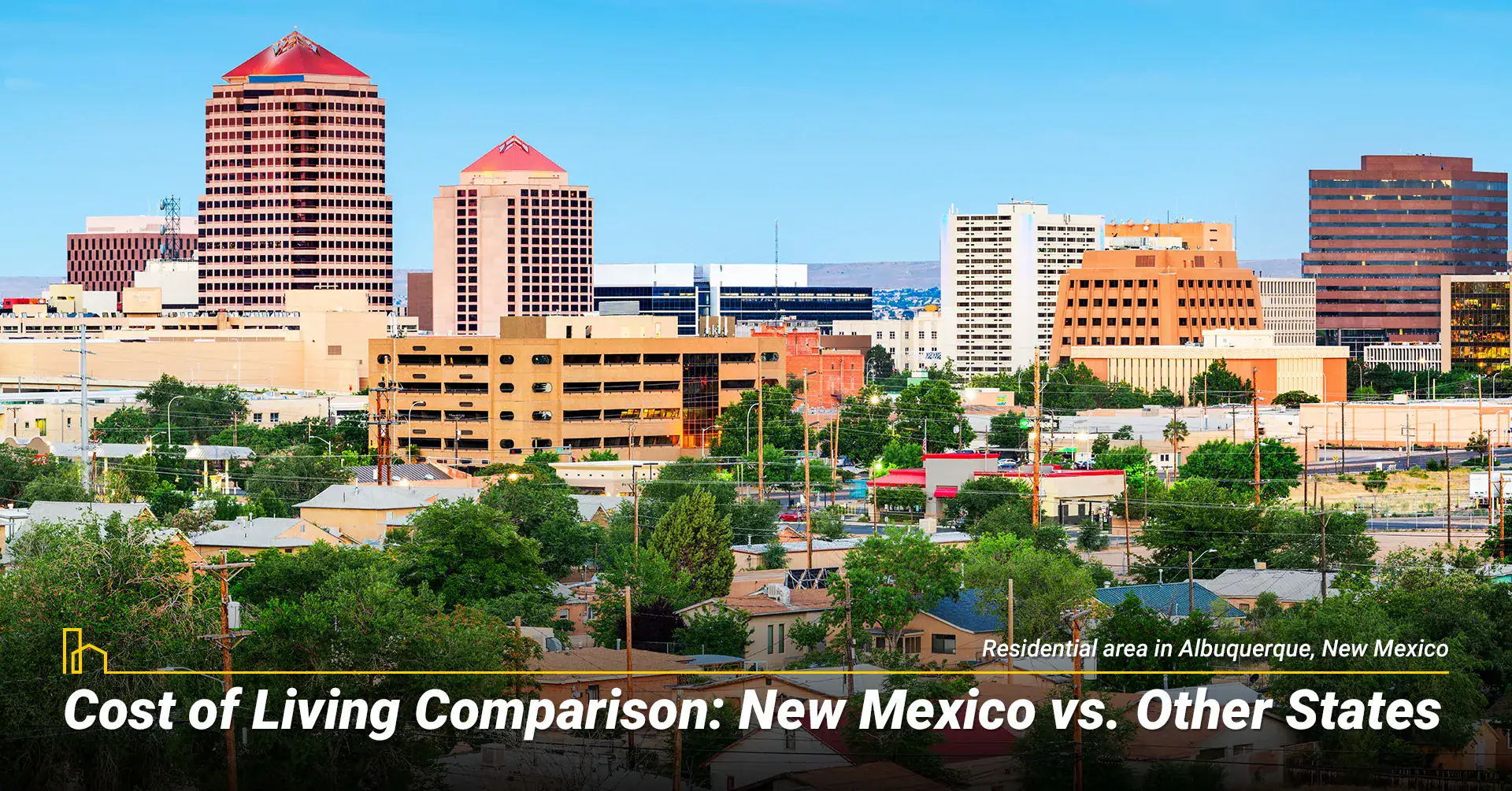
Expense Category | New Mexico | Arizona | Colorado | Texas |
|---|---|---|---|---|
| Median Home Price | $295,000 | $435,000 | $555,000 | $315,000 |
| Rent (2-Bedroom) | $1,100 | $1,500 | $1,700 | $1,300 |
| Gas Price/Gallon | $3.20 | $3.80 | $3.50 | $3.10 |
| Utilities (Monthly) | $175-$220 | $180 | $190 | $170 |
Median home price statewide is approximately $295,000, consistent with recent market trends.
8. New Mexico Lifestyle: The Ultimate Trade-Off

New Mexico lifestyle combines low costs with high cultural rewards: no tax on Social Security, endless outdoor recreation, and close community spirit. These benefits combat lower average wages, higher crime rates in certain areas, and geographic isolation outside major hubs.
A. Lifestyle Advantages of New Mexico Living: Enjoy hiking in national monuments, world-class art, unique cuisine, and communities enriched by deep history and multicultural influences.
B. New Mexico Living Challenges: Lower median incomes, variations in healthcare access (especially outside urban hubs), and educational limitations require consideration and planning. Crime rates are elevated in some urban areas.
7 Most Affordable Places to Live in New Mexico
New Mexico combines cultural richness, natural beauty, and affordability, with median home prices well below the national average and no tax on Social Security income. This guide highlights seven of the most budget-friendly New Mexico communities for 2025, balancing cost, comfort, and the authentic Southwestern lifestyle for lasting financial stability.
9. Best Places to Live in New Mexico for Different Needs
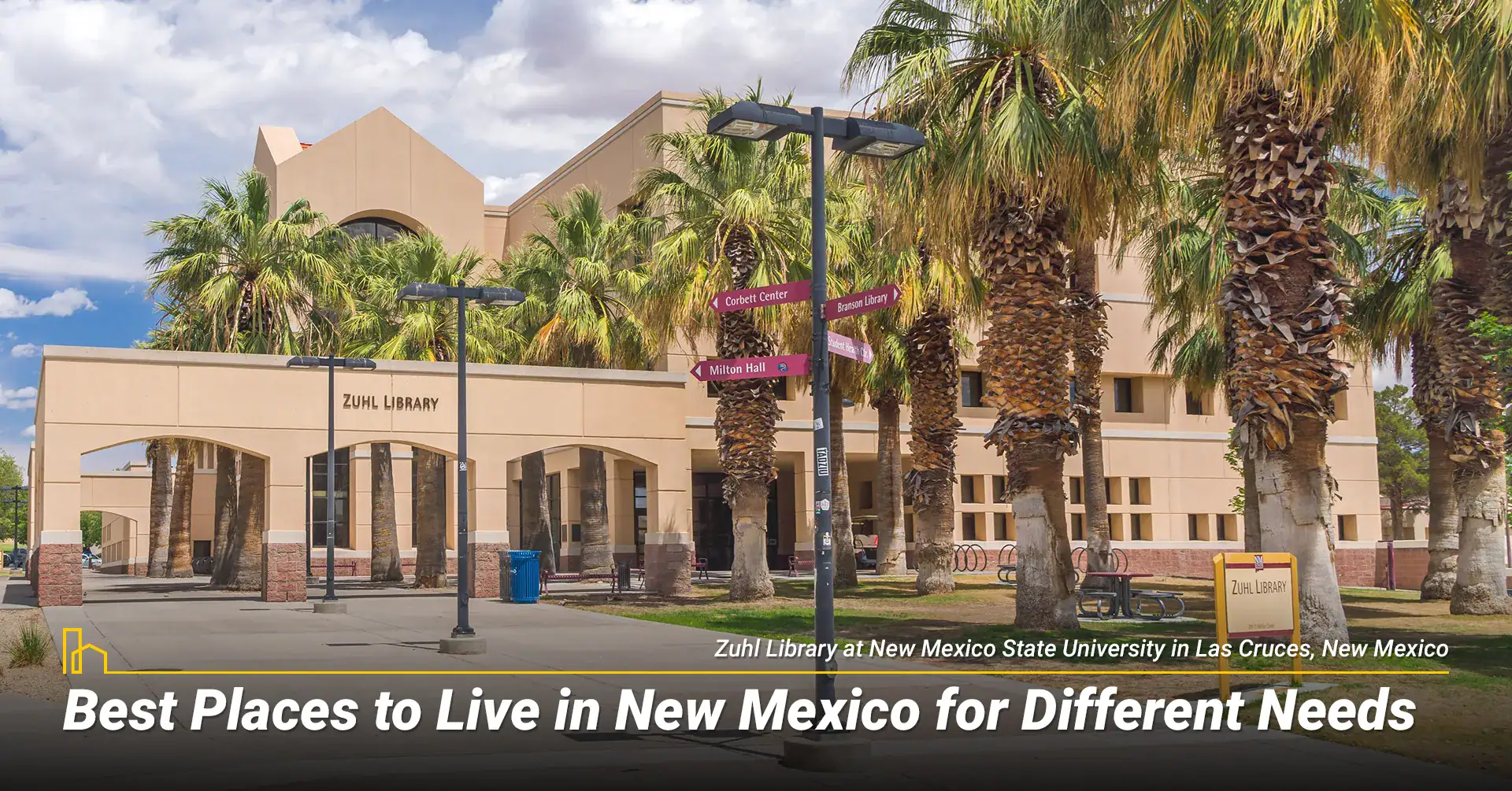
A. Family-Friendly New Mexico Communities
Community Type | Best Cities | Median Home Price | Key Benefits |
|---|---|---|---|
| Urban Family | Rio Rancho | $305,000 | Top schools, amenities, near ABQ jobs |
| Affordable Family | Las Cruces | $265,000 | Acceptable schools, low costs, university town |
| Rural Family | Los Alamos | $415,000 | #1 schools, highest safety, high incomes |
B. Professional and Retiree Options
- Albuquerque provides diverse corporate and healthcare jobs.
- Santa Fe offers a stable arts-driven economy, ideal for retirees and creatives.
- Las Cruces stands out for education and research with affordability.
- Silver City and Ruidoso are favored retiree destinations for mild climates and cultural scenes.
Conclusion: Making New Mexico Living Work for You
Success depends on choosing the right location for your budget and career, preparing for the climate, and embracing a community-oriented mindset. While cost of living is low, strategic financial planning—and a willingness to assimilate—is vital. For those drawn by adventure, authenticity, and financial ease, they reap rewarding lifestyles unlike any other. For comparison, see our guide on the most affordable cities to live in Arizona.
Recommended for you
Frequently Asked Questions About Living in New Mexico
1. What is a comfortable salary to live in New Mexico? A single person can live comfortably on an annual salary of $45,000-$55,000. A family of four typically needs a combined income of $70,000+ to cover housing, groceries, utilities, and transportation confidently, especially in more expensive cities like Santa Fe.
2. Is New Mexico a tax-friendly state for retirees? Yes, very. New Mexico doesn’t tax Social Security income and offers deductions for other retirement income, including pensions and IRA distributions.
3. How do people afford groceries in New Mexico? Residents shop sales at major chains, buy in bulk at Costco, and subscribe to CSAs. Local staples like chili peppers and pecans help mitigate food costs.
4. Is healthcare more expensive in New Mexico? Healthcare costs are near or slightly below the national average. Albuquerque has excellent medical facilities, but rural areas may require travel for specialized care.
5. What are the biggest hidden costs? Utilities (heating/cooling), groceries, and transportation (long distances for services and vehicle upkeep) are notable hidden costs.
6. Is New Mexico a good place to retire? Yes, for those valuing low cost of living, tax benefits, sunny climate, and culture. Retirees should consider proximity to quality healthcare in cities like Albuquerque, Santa Fe, or Las Cruces.
If you’re considering other southwestern states, you might explore the pros and cons of living in Utah or discover the best places to live in Arizona. For those interested in different regions, check out our guides on the best places to live in Colorado or the best places to live in Texas. Retirees might also consider the best places to retire in the US or explore retirement options in Minnesota. For families, we have resources on the best cities to raise a family and live in Georgia.
Local Editor(s)
The Pros and Cons of Living in New Mexico
When picturing New Mexico, what comes to mind are vast desert landscapes, adobe architecture, and vibrant chili peppers. But the Land of Enchantment offers more than meets the eye; here…
Moving to New Mexico: The Complete Relocation Guide & Checklist
Bordered by Texas, Arizona, and Mexico, and home to breathtaking landscapes, New Mexico offers a lifestyle defined by rich cultural heritage, artistic expression, and profound natural beauty. Over 2 million…
The 5 Best Places to Live in New Mexico: A City Comparison
New Mexico is a state of stunning contrasts, where ancient history coexists with artistic innovation and rugged wilderness borders vibrant urban centers. Choosing the right community within the Land of…
7 Most Affordable Places to Live in New Mexico
In a nation where housing costs continue to climb, New Mexico stands out—not only for its enchanting landscapes and rich culture, but their remarkably affordable cost of living. With a…
3 Most Affordable Neighborhoods to Live in Santa Fe, New Mexico
Santa Fe, New Mexico, or as we locals like to call it, "The City Different," blends cultural richness with artistic heritage and breathtaking high desert landscapes. With a population of…
11 Key Factors to Know About Living in New Mexico
Is New Mexico right for you? Here is a comprehensive guide to life in the Southwest. Located in the southwestern part of the United States, and nestled between Arizona and…
15 Essential Steps for Moving to a New City
Moving across town to a new home or apartment is hard enough. You’ll be packing, cleaning, lugging things back and forth, and running here and there to sign agreements or…
Things You Shouldn’t Underestimate After Buying a New Home
Nothing is more fulfilling than finally buying the home of your dreams. When you get the keys and step over the threshold, you may feel like you’ve reached the finish…
The Pros and Cons of Living in Massachusetts
Moving to a new part of the US requires careful consideration of both the state itself and the specific community you'll join. If Massachusetts is your next destination, you'll find a state rich in history, culture, and natural beauty, but…
The Pros and Cons of Living in Texas
Howdy! Thinking about moving to the Lone Star State? You’re not alone. Moving to Texas is trending as the state continues to attract new residents with its economic opportunities, cultural vibrancy, affordable cost of living, and distinctive lifestyle. Relocating to…
The Pros and Cons of Living in Utah
When picturing the State of Utah in the Mountain West, many imagine iconic red rock landscapes, world-class ski resorts, and a vibrant, family-oriented culture. And while all of those are essential pieces of the state's identity, there's so much more…
The Pros and Cons of Living in Indiana
When picturing Indiana, you might imagine endless corn fields, intense basketball games, or the iconic Indianapolis 500. However, Indiana offers far more—a blend of dynamic cities, small-town charm, and an affordable, steady lifestyle. If you're considering a move, Indiana invites…

